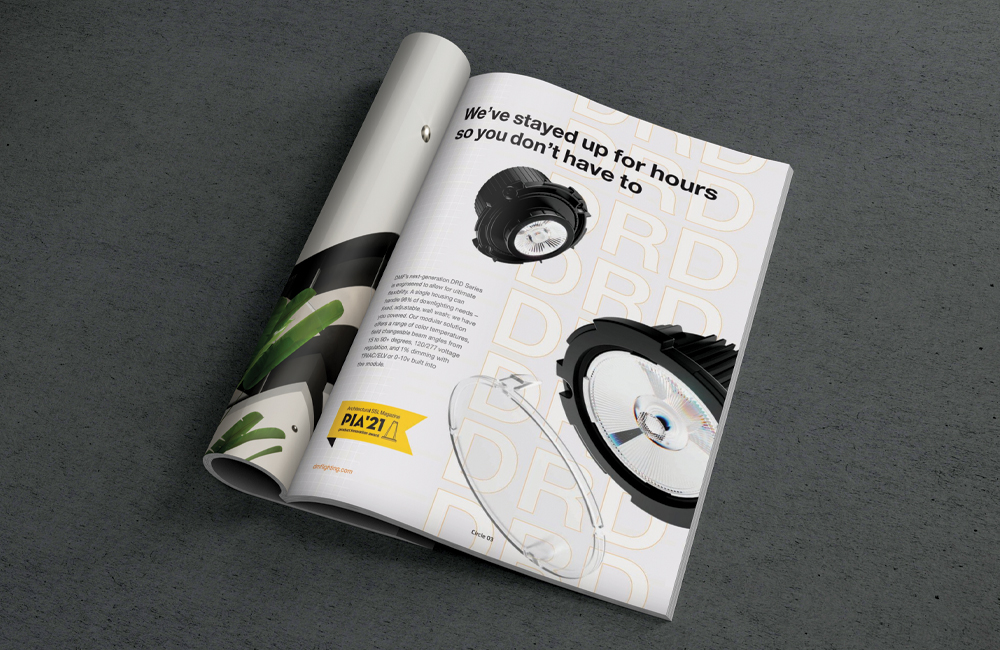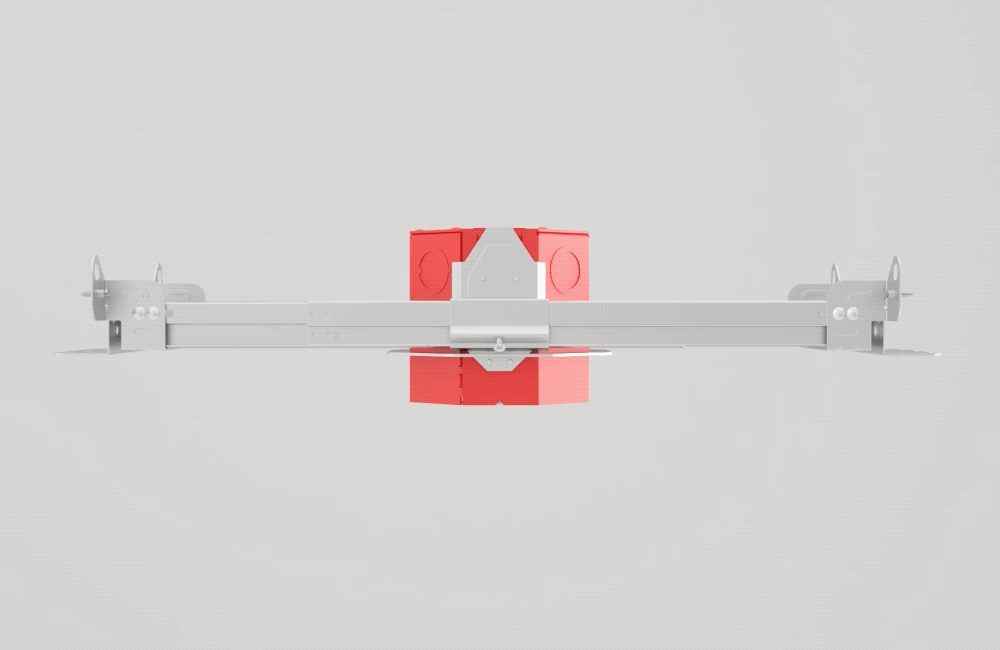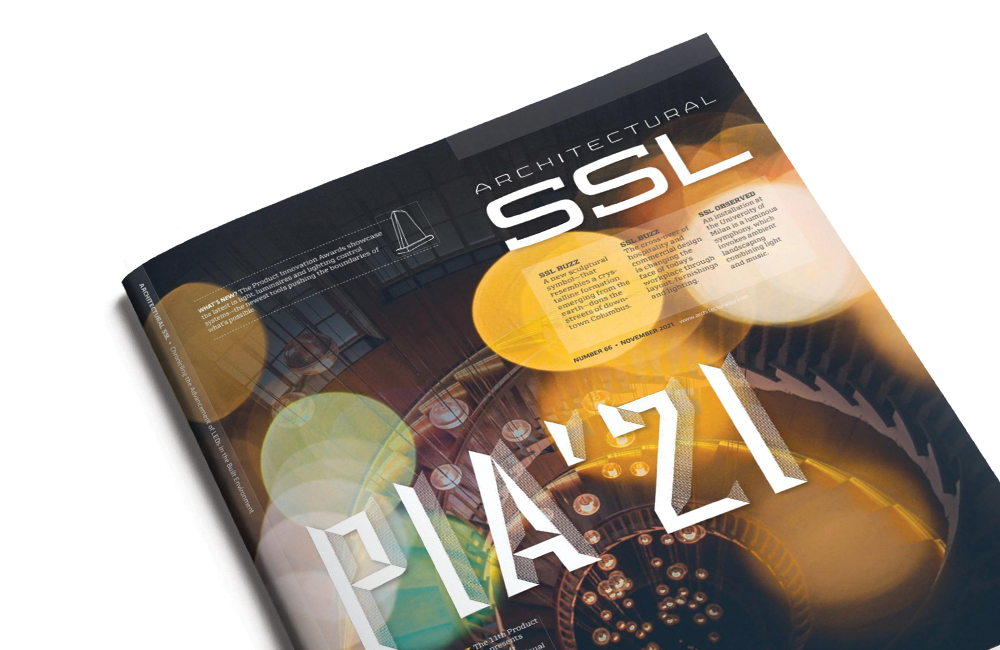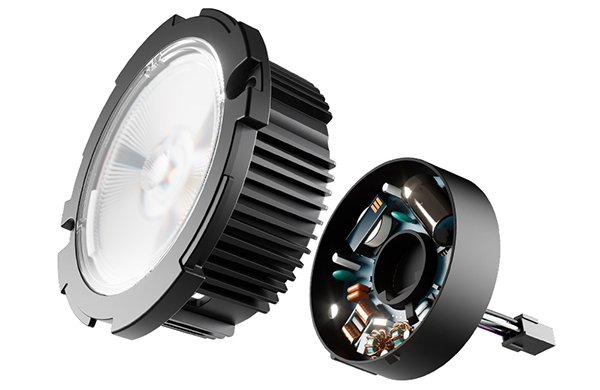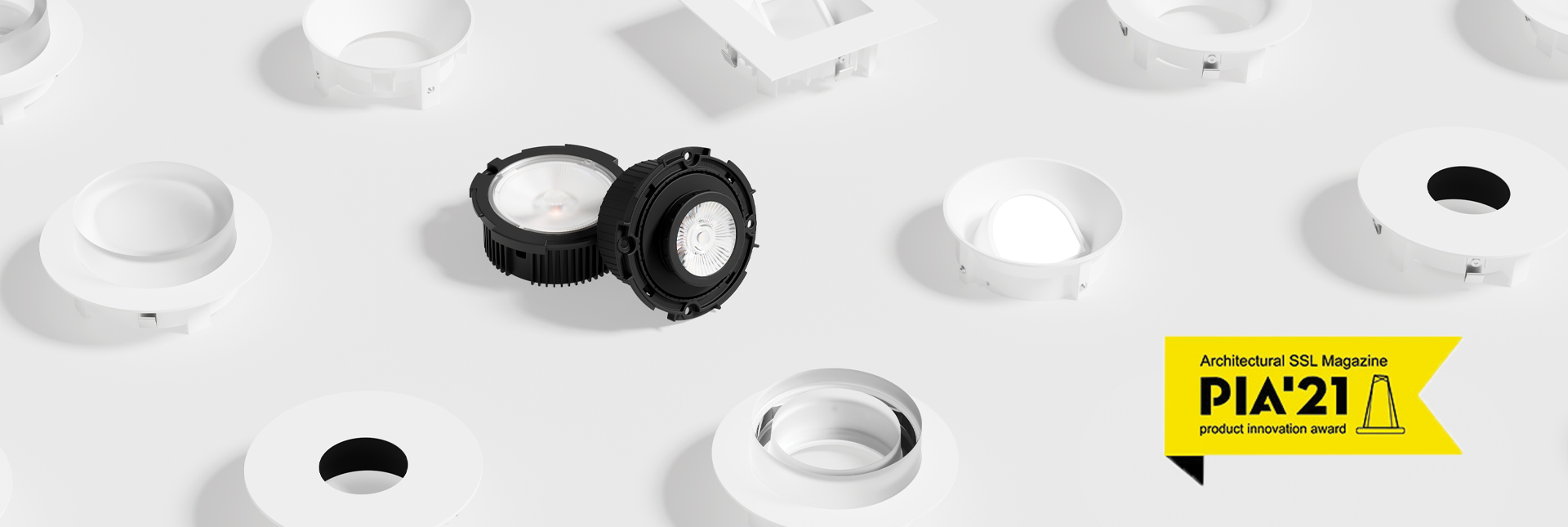
Author: Catie Logan

DID WINS CEDIA AWARD
Honoring technical excellence and product innovation, the CEDIA Awards encompass nearly every aspect of the home technology industry, including hardware, software and projects. The DID was awarded Best New Hardware Product for its flexibility during and after installation. Its modular design allows it to adapt to changing homeowner preferences, future room designs, and even retrofits.
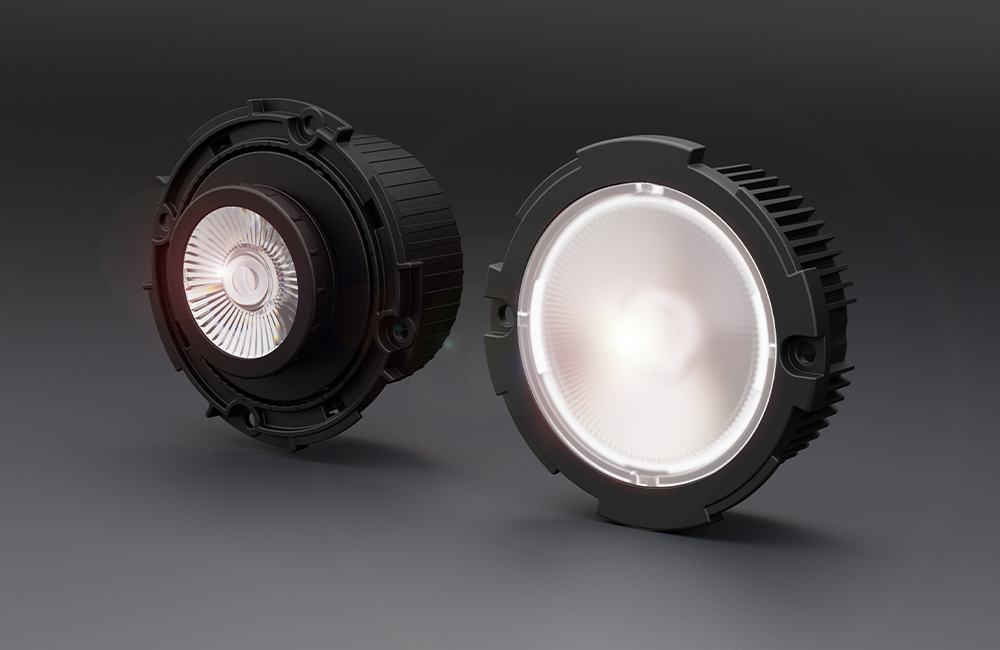
Winners were announced last week at the 2020 Americas CEDIA Awards Virtual Ceremony. Watch a brief clip of the DID being named the Best New Hardware Product.
About CEDIA Awards
The CEDIA Awards projects represent the finest in the design and installation of residential technology. From whole home audio to lighting systems, from dedicated home cinemas and media rooms to networking and automation solutions, you’re sure to find inspiration and ideas when it comes to custom electronics for the home.
These residential technology integrations are all built to ensure that the tech you’ll find here are aesthetically beautiful — if not invisible or hidden — and incredibly easy to use.
Simply put, this is what CEDIA members do best: Designing custom technology solutions to create for you a “Life Lived Best at Home.”

Learn more about the DID Series.
Contact us for more details, including preliminary specs and availability.
– – – – – – – –
Connect on LinkedIn, Instagram, Facebook, or Twitter to stay up to date with everything that’s happening at DMF Lighting.

PROSOURCE LEARNING CENTER
We are proud to partner with ProSource to be featured at the brand-new, state-of-the-art Lighting Technology and Learning Center. Located in the Dallas Market Center, the space provides an opportunity for retail and design-build customers to learn about lighting applications and advancements in an immersive setting.
DMF’s latest innovations, including the award-winning DID Series lighting modules, OneFrame and SquareFrame recessed lighting systems, the DCC LED Cylinder, and DRD5 LED downlights, are the perfect pairing for the new Learning Center.
“DMF Lighting impressed us right out of the gate with their unique OneFrame System, and we are thrilled that they are a part of the LTLC Experience Center,” said David Warfel, Chief Evangelist, Light Can Help You.
“We love the modularity and clean engineering of their products and chose their trimless fixtures because of their easy installation. We have been huge fans of the DRD4 adjustable LED module in our design practice and are even more excited about the integrator-only upgrade, the DID4.”
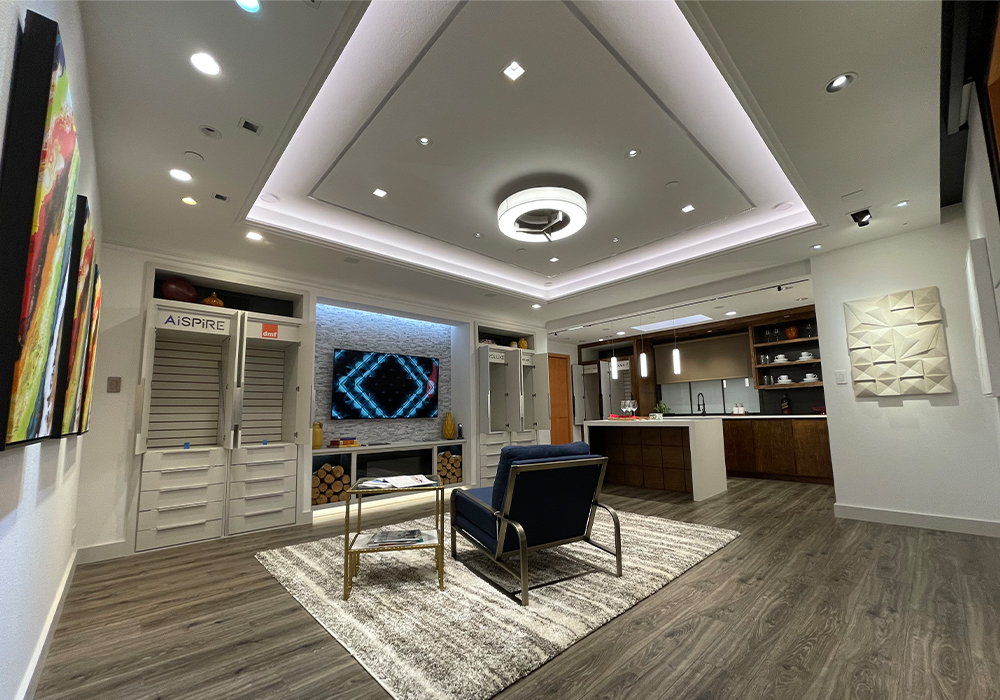
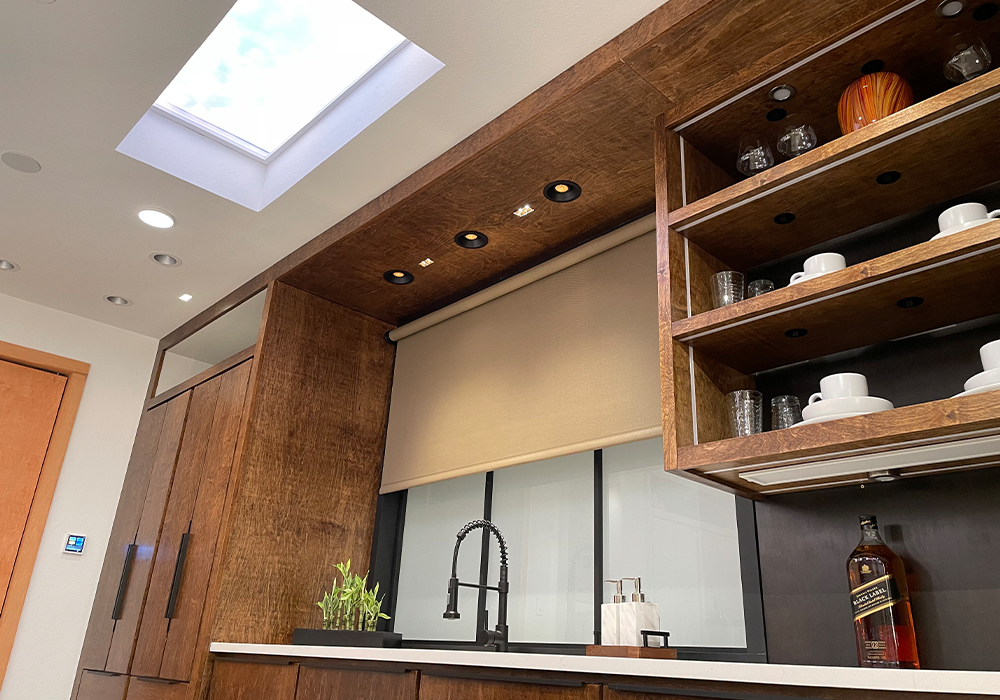
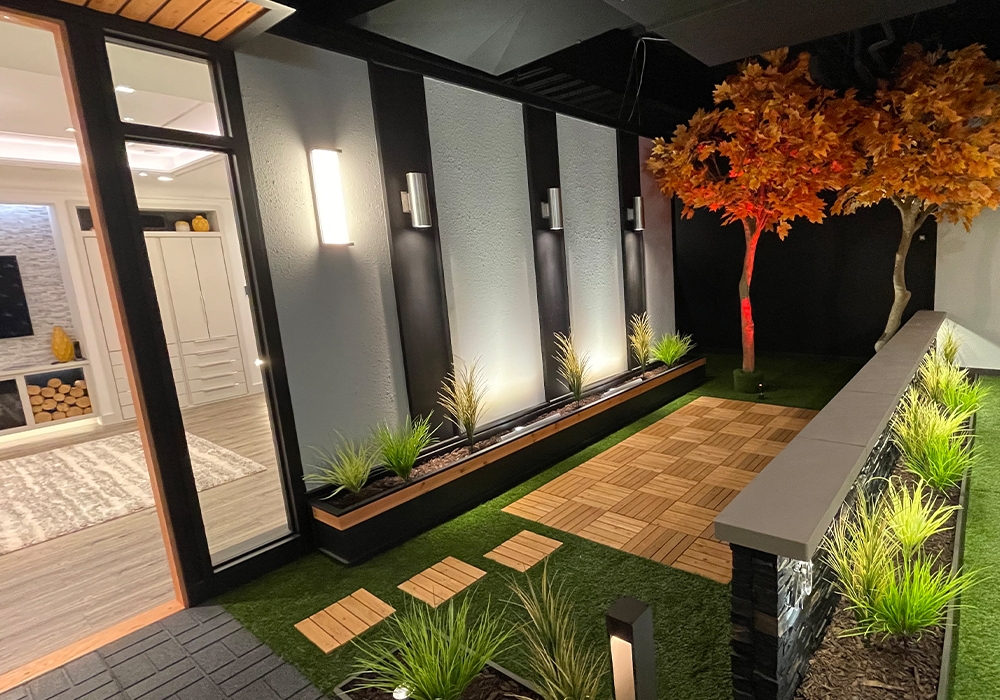
The Learning Center was inaugurated with a ribbon-cutting ceremony on March 23, 2021, at the start of the popular Lightovation trade show. Dave Workman, president and CEO of ProSource, presided at the opening festivities.
Eventually, the Learning Center will be available for hands-on, live Level 2 curriculum of the ProSource Lighting Technology Certification program, which was launched earlier this year through ProSource University.
DID Series
The all-new, award-winning DID Series improves on every major metric by which quality lighting is judged and delivers unmatched performance and adaptability. The DID Series was designed specifically to enhance the appearance and installation of home integration projects and is exclusively available through custom integration dealers.
DCC Cylinder
By combining a suite of customizable features with our highest performing LED modules yet, the DCC provides brilliant illumination and beautiful design versatile enough for whatever your project needs. The DCC centers around a modular LED lighting system, so it’s easy to specify, install and maintain.
DRD5S
The DRD5S redefines what’s possible for a surface mount downlight. Packed with technical breakthroughs, the ultra-thin DRD5S matches the elegance of a high-end recessed downlight. In addition, it’s more versatile because it can fit more applications, even those with limited plenum space.
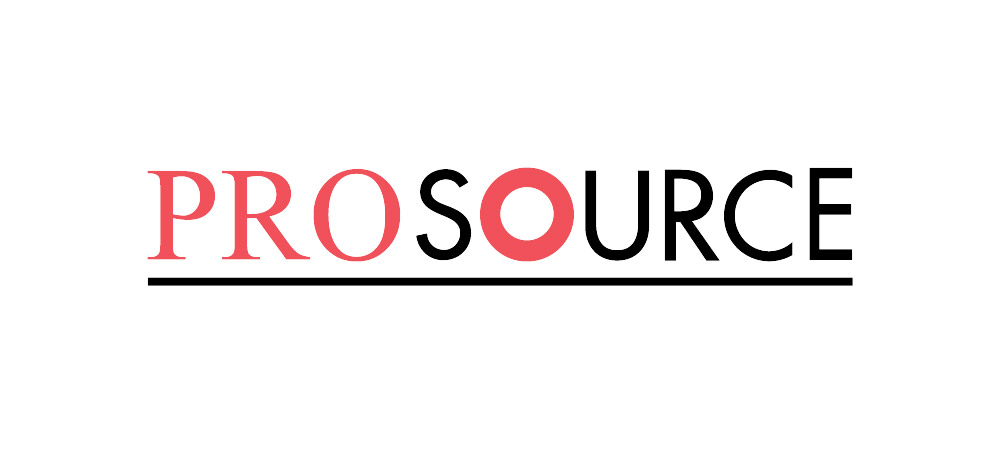
About ProSource
ProSource is a cooperative, member-governed, not-for-profit buying group representing more than 550 specialty retailers and custom integrators. With annual sales of more than $6 billion, ProSource is the largest specialty and consumer-electronics merchandising group in the United States, which allows it to negotiate stronger programs with manufacturers, help independent dealers stay relevant to consumers, and keep the specialty A/V channel competitive. Learn more about ProSource.
– – – – – – – –
Connect on LinkedIn, Instagram, Facebook, or Twitter to stay up to date with everything that’s happening at DMF Lighting.

THE ORUM RESIDENCE
DMF downlights accentuate the modern design of this dramatic LA residence.
Location: Los Angeles, California
Architect: SPF:architects
Lighting: Oculus Lighting Studio
Photography: Matthew Momberger, Bruce Damonte
Over 100 DMF fixtures are utilized throughout the Orum Residence, a three-level, 18,800-square-foot luxury home perched atop a Bel Air hilltop. Oculus Lighting Studio specified a combination of recessed and surface mount downlights to brightly illuminate this award winning project. With their minimal aesthetic, DMF downlights are the perfect choice for highlighting the project’s beautiful architecture and design.
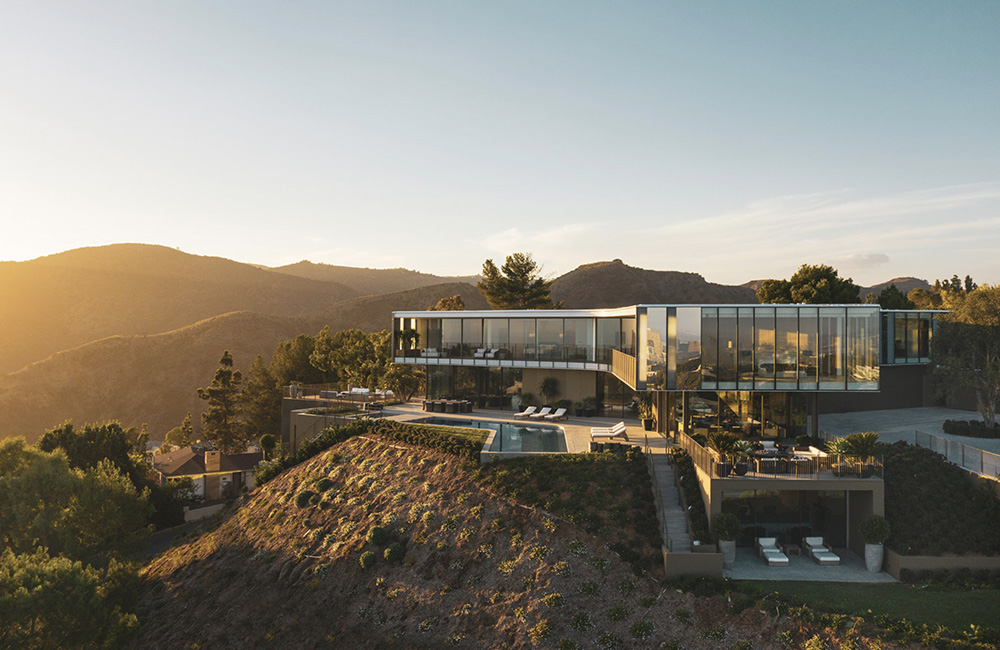
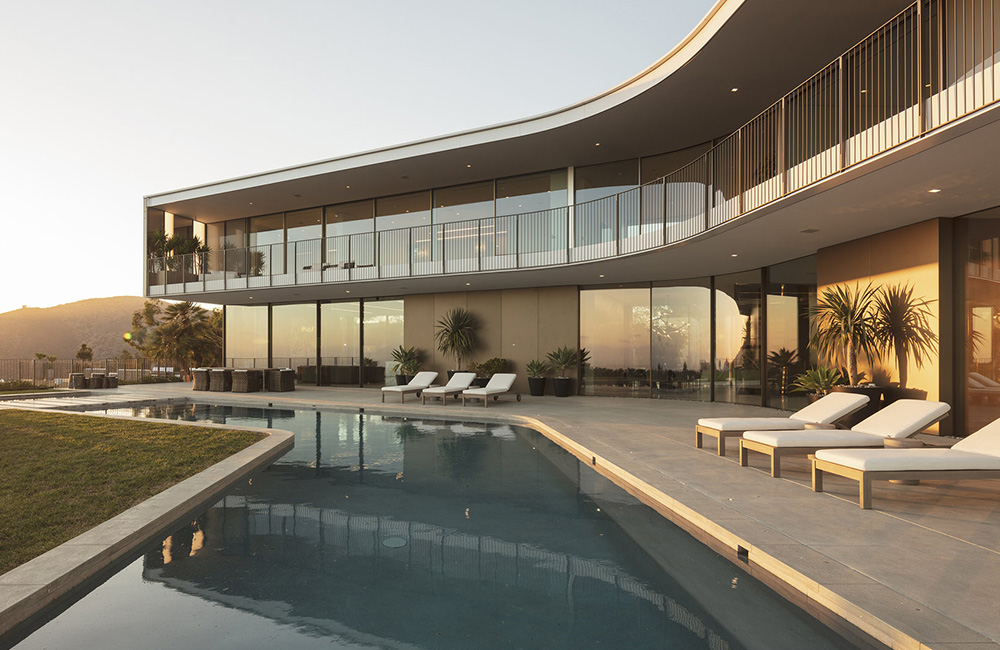
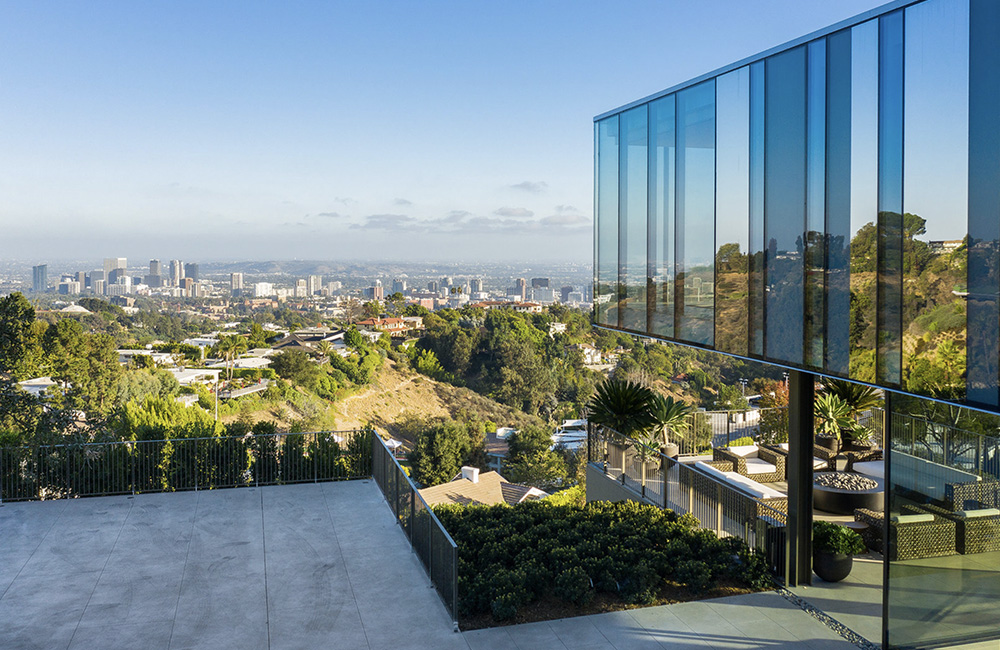
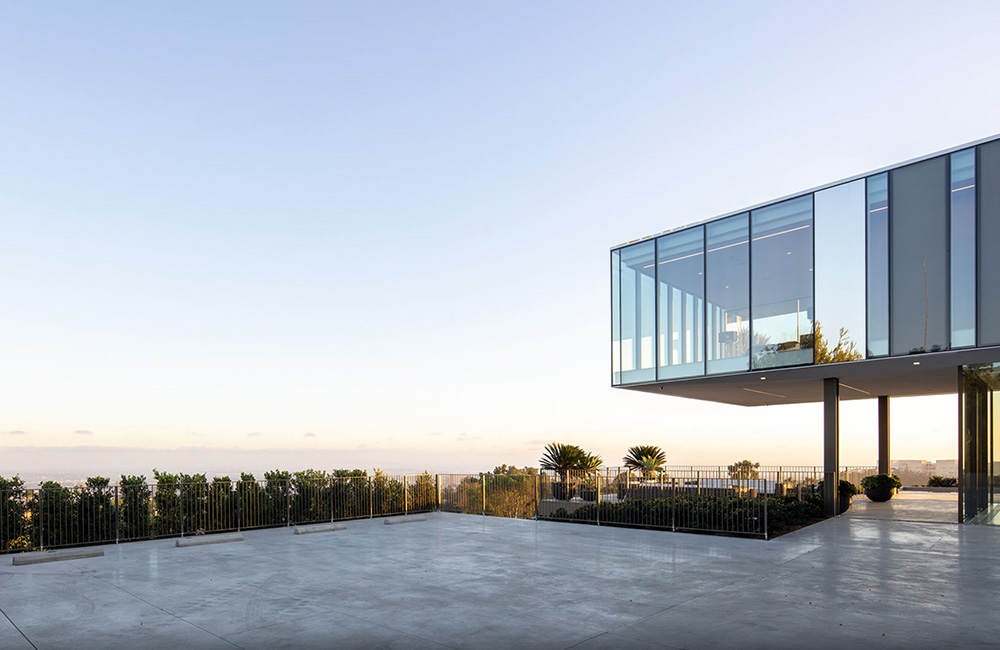
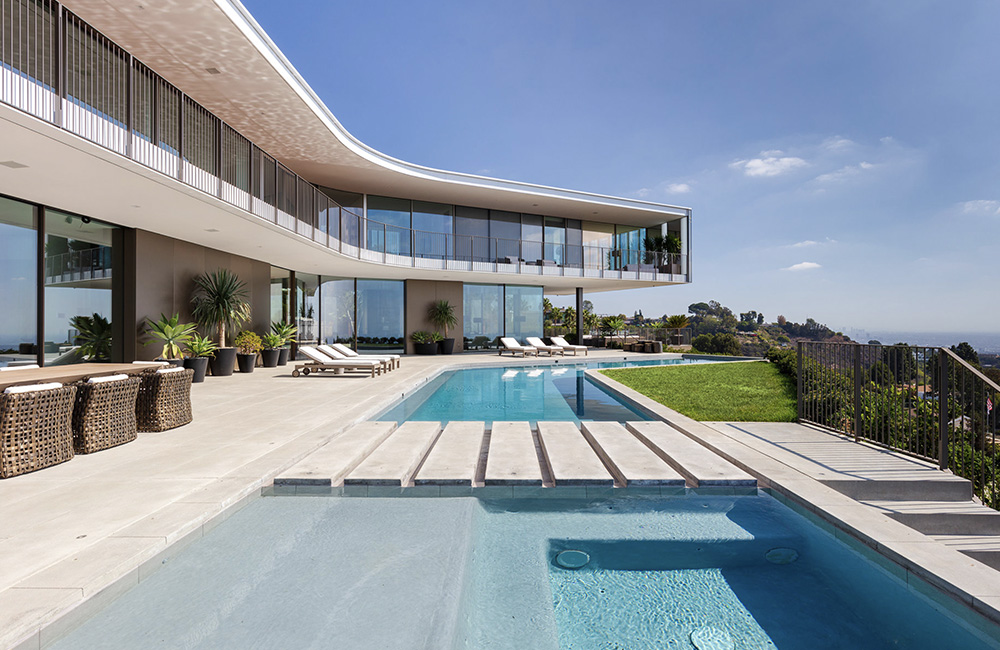
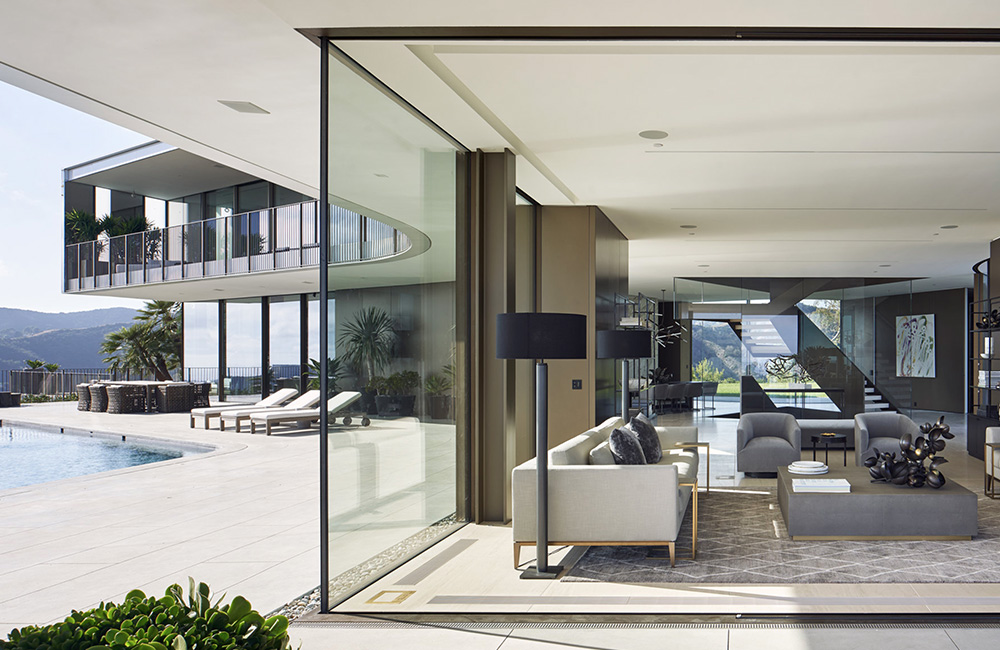
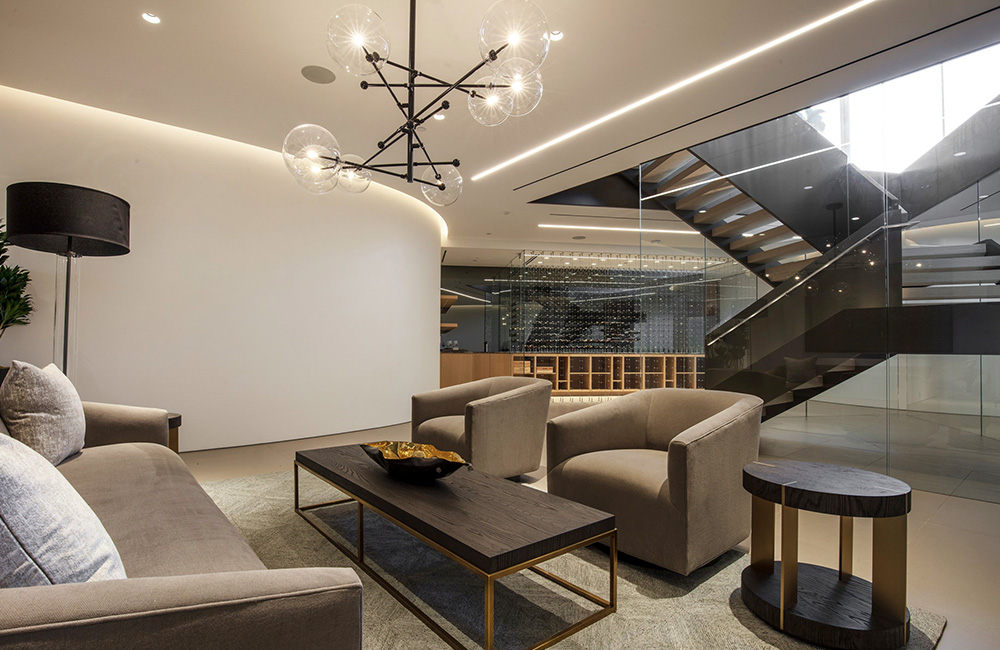
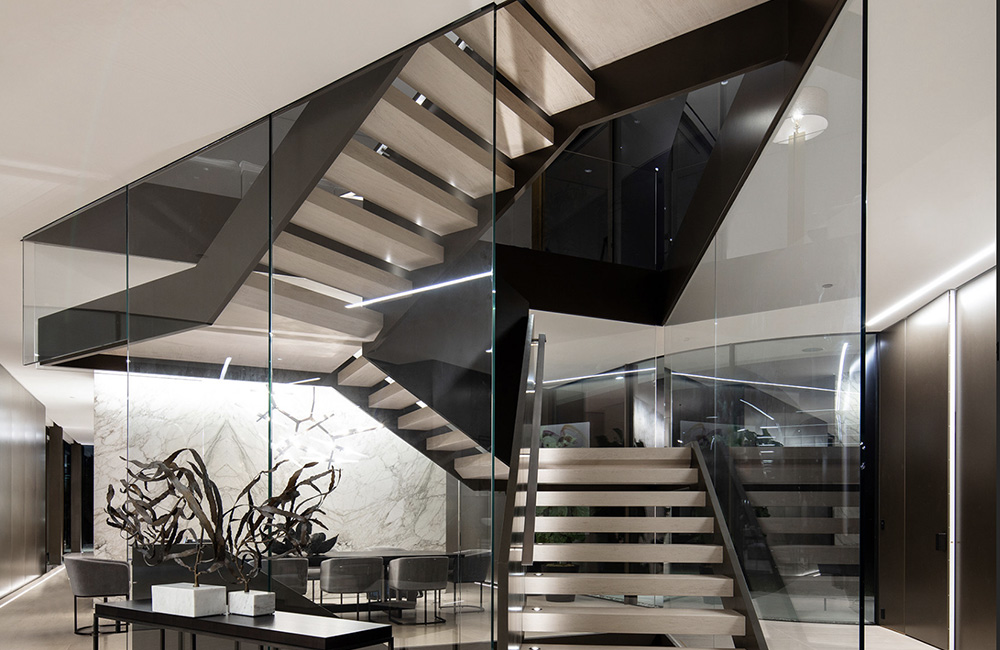
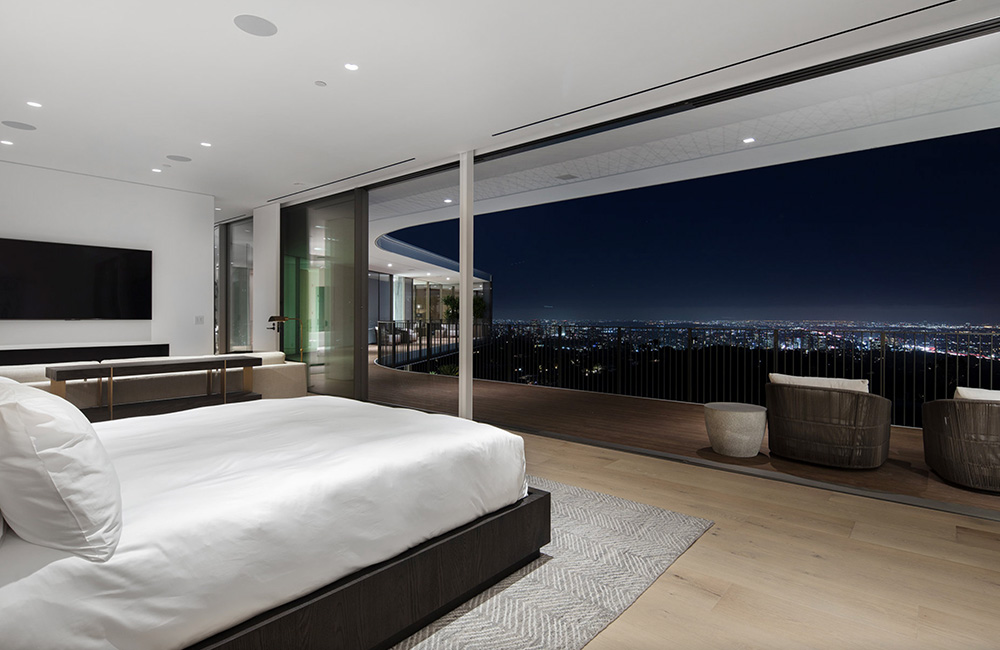
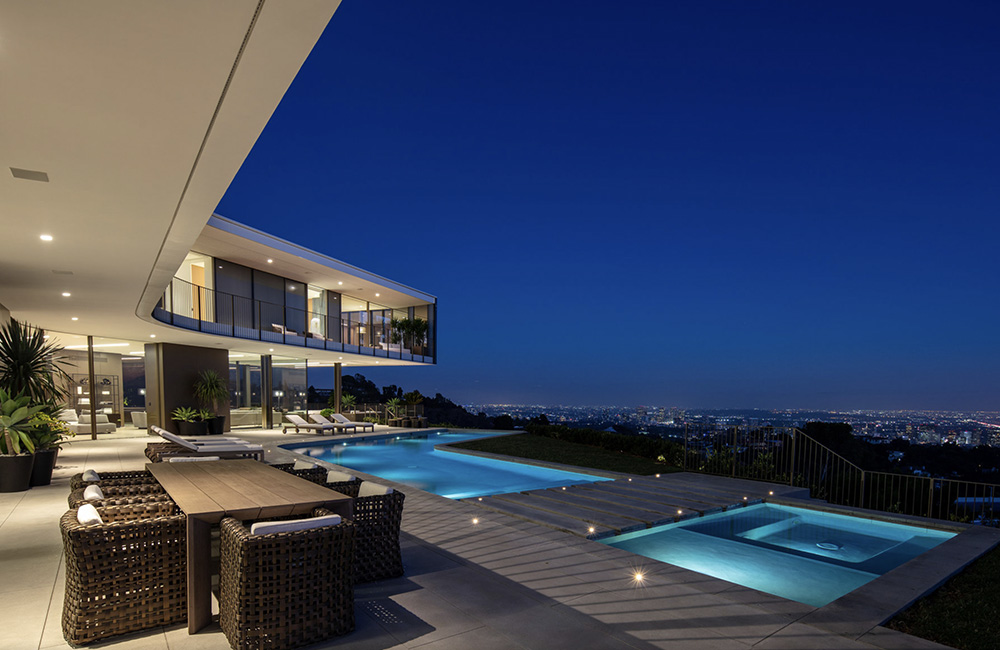
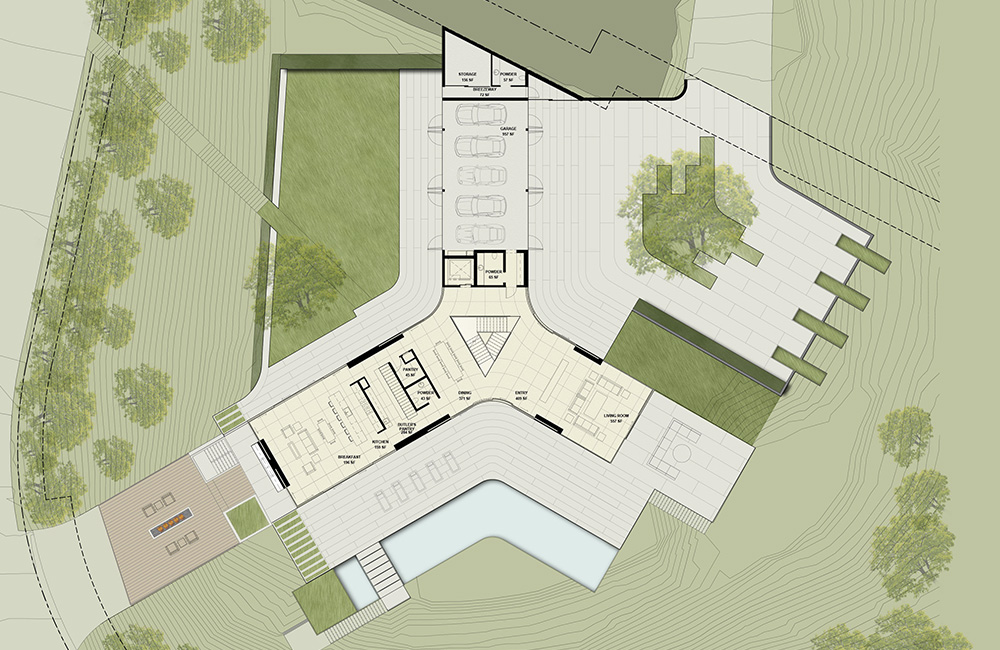
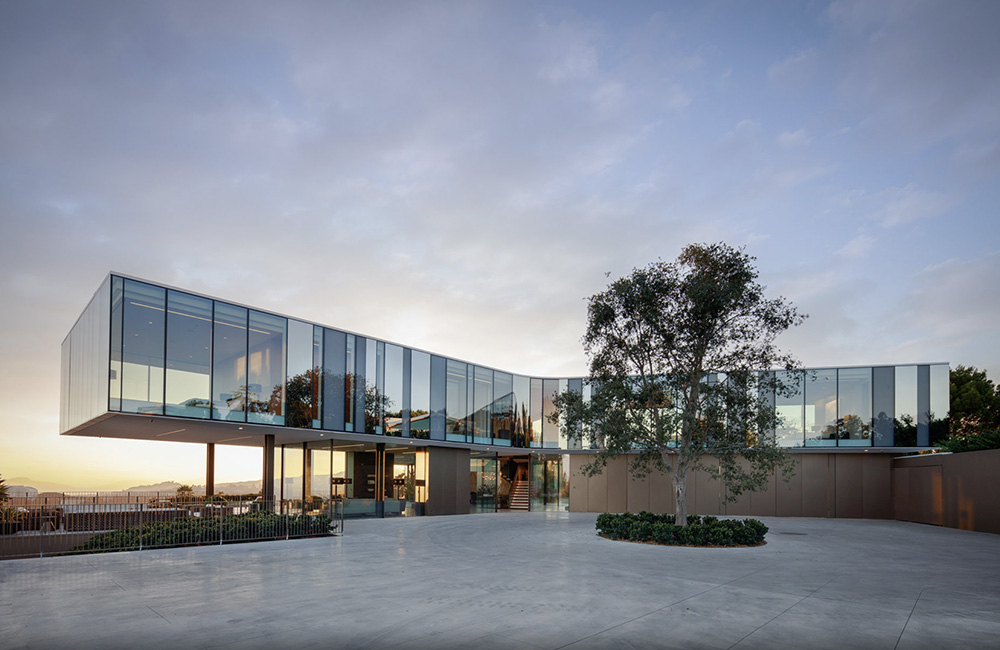
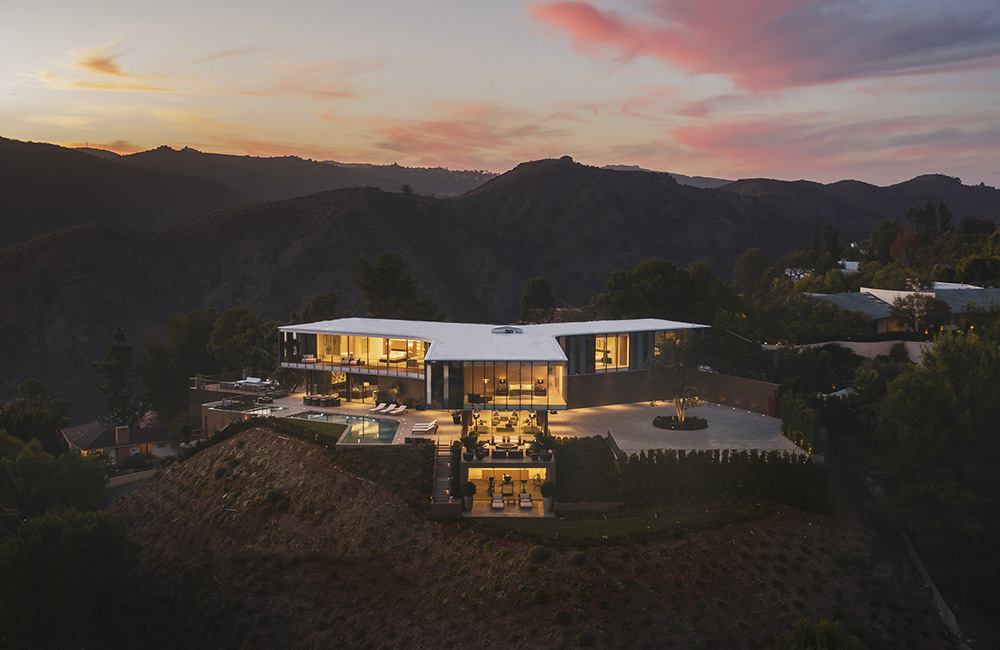
About SPF: architects
SPF:a is an award-winning firm specializing in the design of small- and large-scale works that touch both the private and public spirit.
About Oculus Light Studio
Specializing in light and the environment, Oculus Light Studio is an architectural lighting design firm committed to the realization of original lighting concepts that enhance the spaces of which they are a part.
Learn more about SPF: architects
Learn more about Oculus Light Studio
– – – – – – – –
Connect on LinkedIn, Instagram, Facebook, or Twitter to stay up to date with everything that’s happening at DMF Lighting.

MATCH THE MOOD
TO THE MOMENT
At DMF, we’re dedicated to making spaces more
livable, more useful, and more comfortable.
People’s needs change constantly, even in the same room. They can be hard at work one moment, and entertaining friends the next. Warm Dim gives people the flexibility to choose the light that’s right for them by dimming from vibrant, full-spectrum lighting to warm, comfortable illumination.

Natural Light
Combining dimming with shifting color temperatures makes intuitive sense. After all, we often notice that light sources warm up as their intensity goes down in the natural world. At the core of Warm Dim is the profound human relationship with light and color.
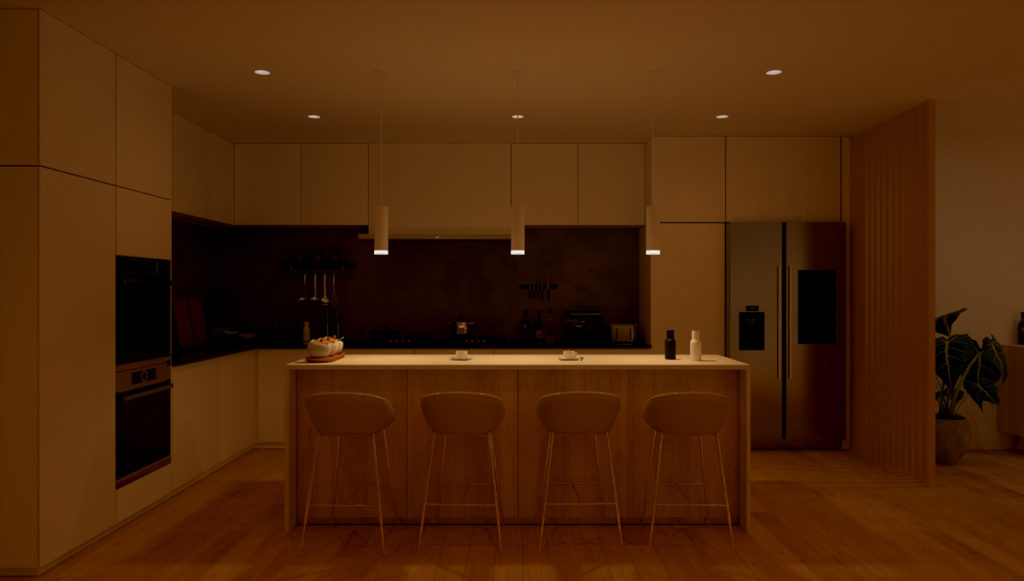
Comfort Without Compromise
DMF’s Warm Dim Technology transforms how your spaces look and feel without
sacrificing simplicity or performance. Warm Dim transitions from a bright and invit-
ing 3000K to a warm and intimate 1800K, maintaining a consistent 93+ CRI and
Energy Star rating throughout.
A Better Way to Dim
DMF’s Warm Dim has been thoughtfully engineered to create the right light for each situation. There’s minimal color temperature change at the high-end of the dimming curve so that daytime lighting remains vibrant and unaffected. Once dimmed below 50% light output, the color temperature gradually warms to provide the personal, intimate ambiance desired in the evening.
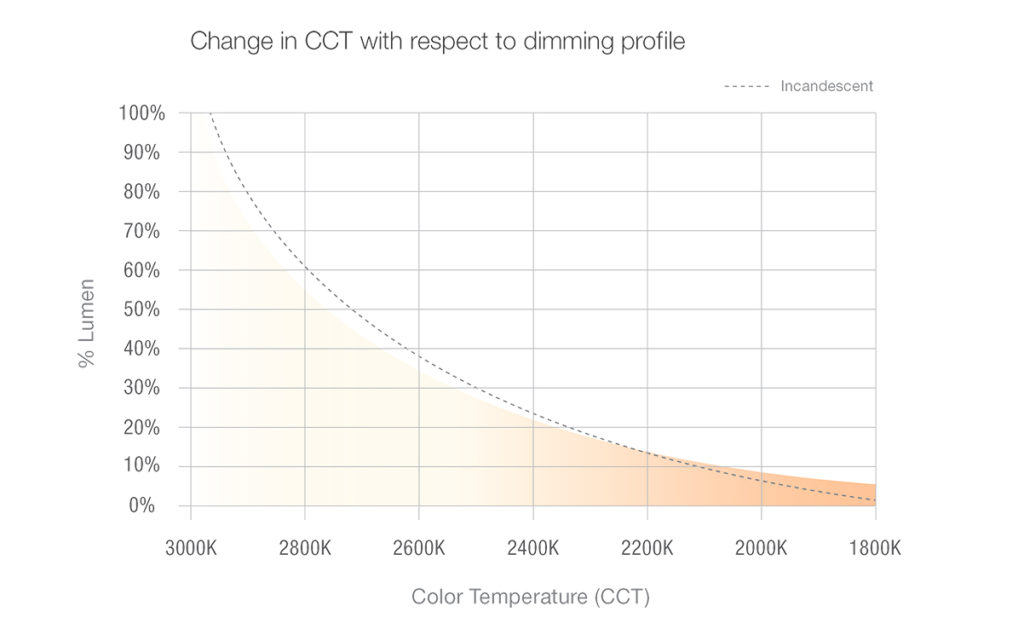
As needs change, light
should flex to meet them.
Unlike other warm dimming products, DMF’s Warm Dim doesn’t rely on discrete LEDs or complicated control systems. Our modules are powered by one premium COB chip that utilizes color mixing phosphors to produce a relaxing glow as it dims while maintaining DMF’s trademark quality and ease-of-use. Impressively, it accomplishes all this from the control a single standard dimming switch.

More Options, Better Spaces
Warm Dim is part of the modular, unified DMF downlighting system that gives you the flexibility to light an entire project. You can swap out a Warm Dim downlight for an adjustable, or change the trim, all without missing a beat.

Warm Dim LED Modules
DMF’s Warm Dim technology is available in our highly modular, exceptionally capable downlights. View product Spec Sheets for more details, including full specifications, photometry data and recommended dimmers.
Warm Dim empowers people to maximize their productivity and wellness, enables businesses to put their customers in the right state of mind, and enhances homeowners’ ability to make any space more inviting in an instant.
To learn more about DMF’s Warm Dim Technology, please contact us at: info@dmflighting.com.
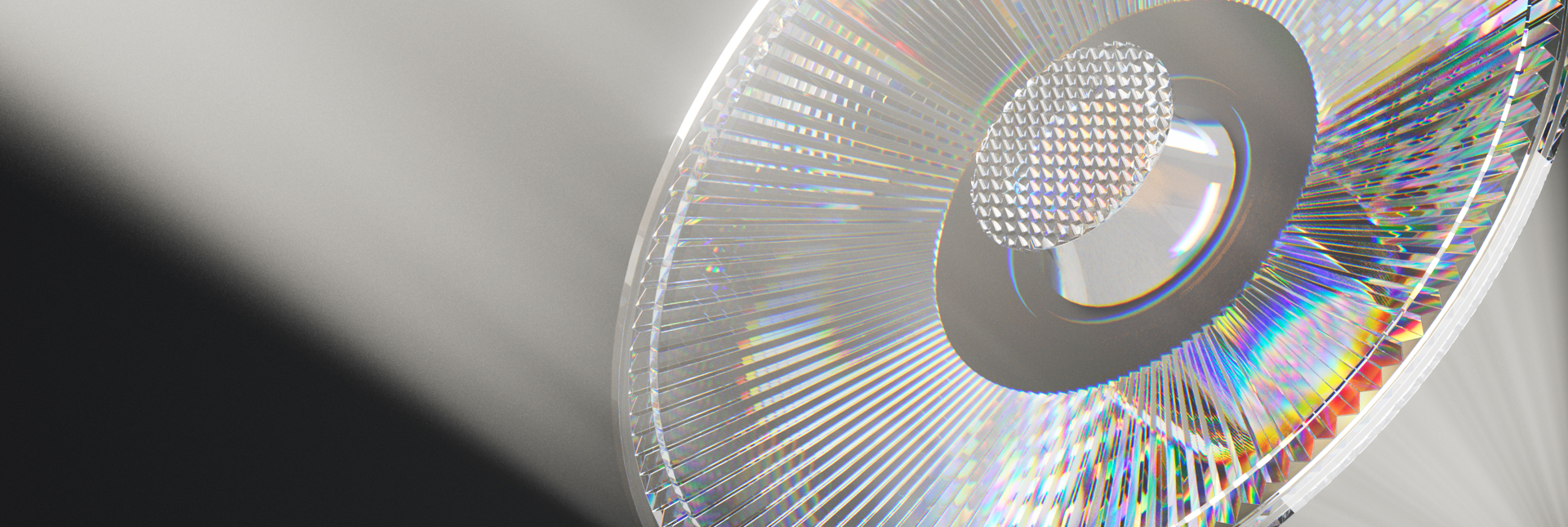
Efficiency is at the Core
DMF’s patented Folded TIR Optics are a brilliant lens solution developed by our in-house engineering team designed to increase light efficiency while also reducing glare.
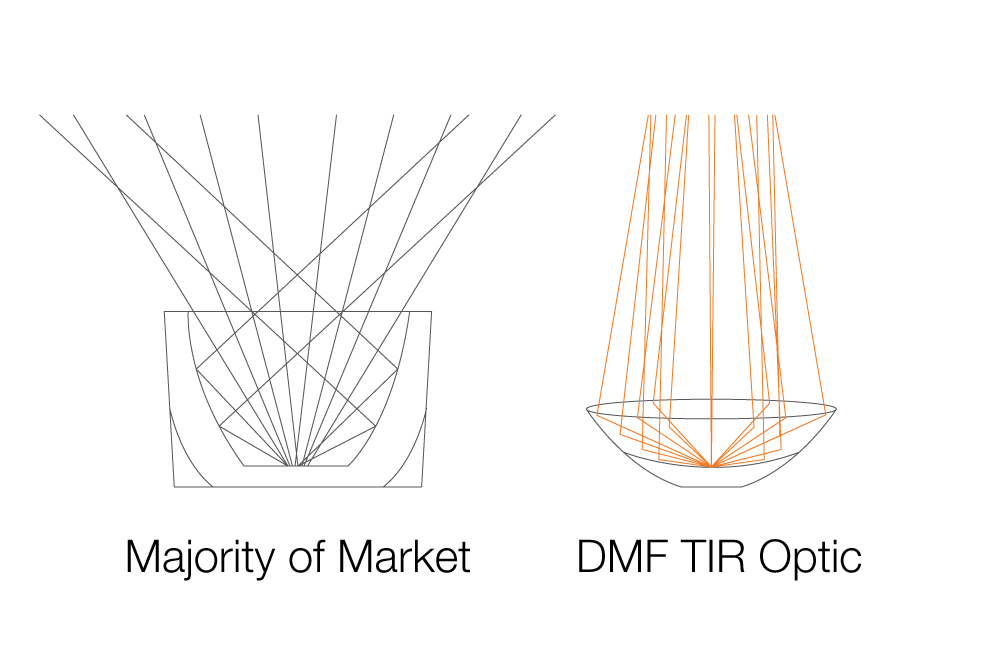
TIR Explained
TIR stands for Total Internal Reflection. Put simply, when an LED light is placed on a TIR lens, the light photons are then captured and directed towards the desired location. Currently, a TIR lens is the most efficient method of reflecting light. However, due to the intrinsic design of the technology, a TIR lens has previously needed to be a deep optic, taking up valuable plenum space.
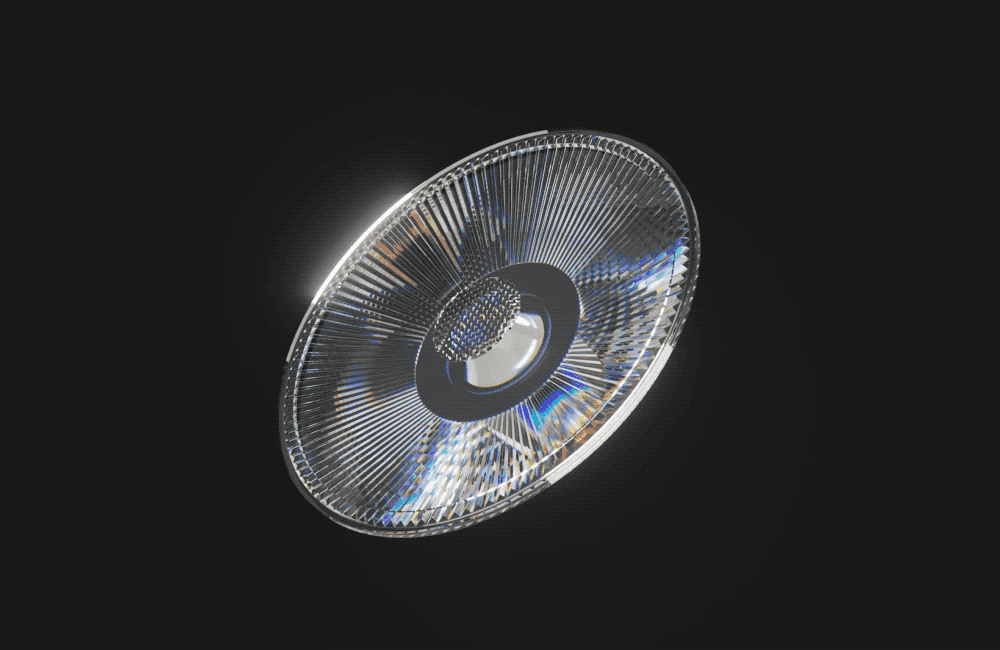
Folded TIR Optics
DMF has revolutionized this design by introducing a new folded TIR optic lens that when coupled with a specialized anti-glare structure at the center, lighting efficiency is increased while simultaneously reducing glare and still maintaining an even light distribution.
While conventional TIR optics only feature a single internal reflection, our patented solution has been geometrically optimized to yield a concentrated and focused light beam. While that sounds complicated, the simple fact is that this allows the height of the optic to be minimized to save space in the module and most importantly of all, precious plenum space.
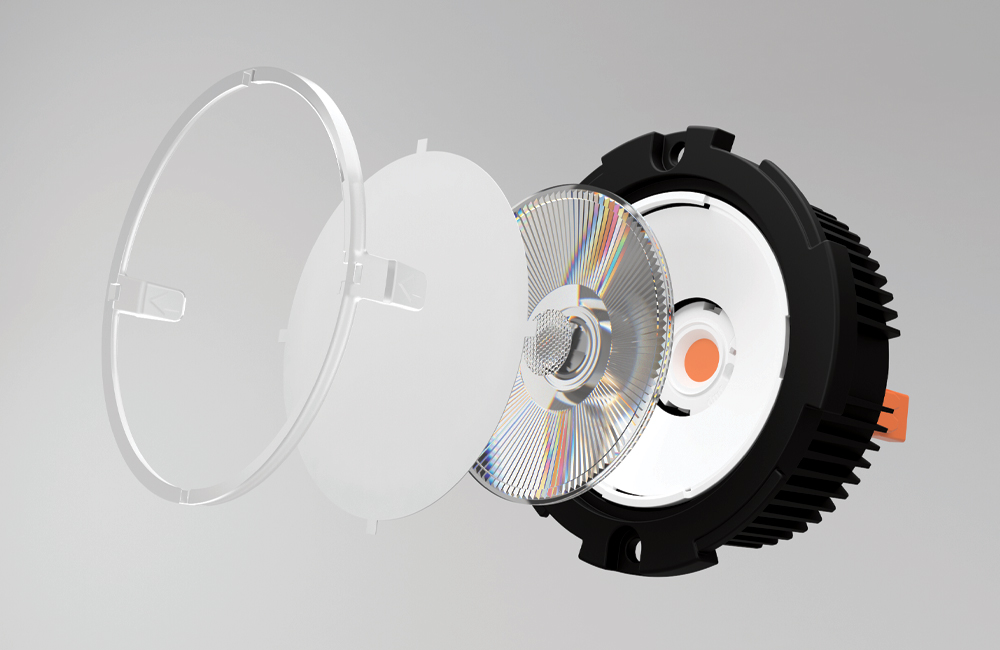
Exclusively Through DMF
DMF’s Folded TIR Optic technology is featured exclusively in the next generation DRD2, DCD3, and DCD4 modules. Thanks in part to technological advances like this, these high-performance solutions simplify design, installation, and maintenance.
– – – – – – – –
Stay up to date with everything that’s happening at DMF: LinkedIn, Instagram, Facebook, or Twitter
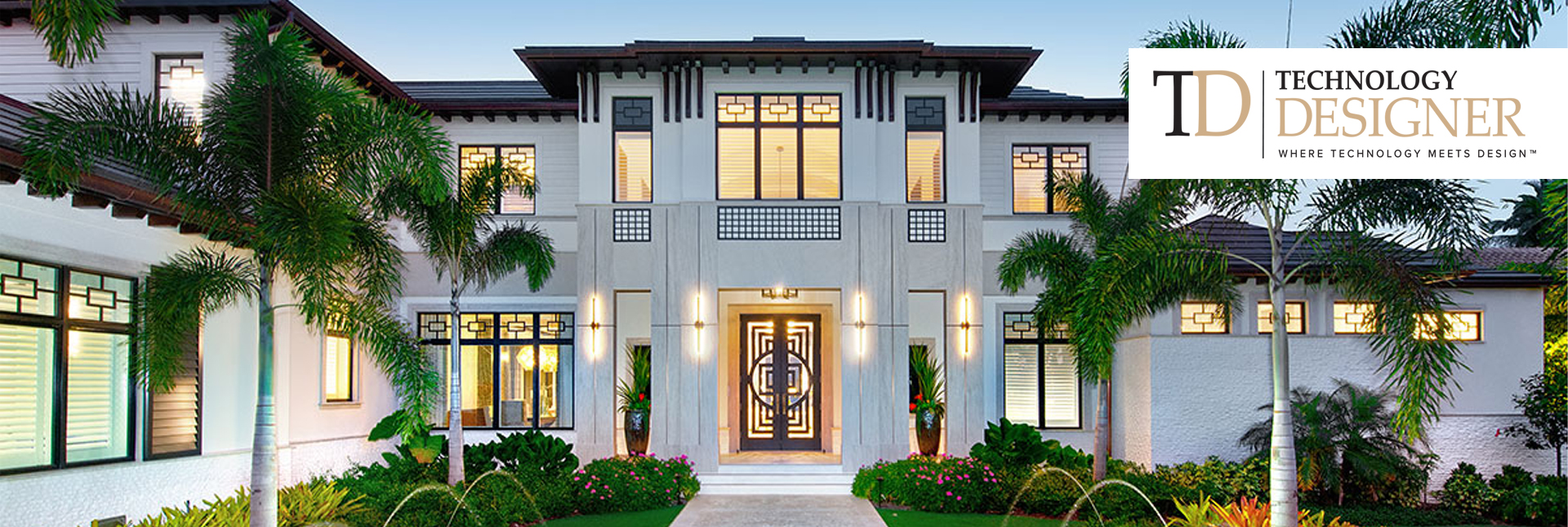
Technology Designer Magazine explores the world where technology meets design. Written by and for the design-build community, the magazine features unique team profiles and in-depth project case studies.
They recently featured Lynne Stambouly, Senior Lighting Design and CEO of Illuminated Design, in an in-depth piece about her career, struggles and achievements.
First appeared in the Summer issue of Technology Designer Magazine and is reprinted with permission
TECHNOLOGY PROFILE
Lighting and Learning
We recently had an in-depth conversation with Lynne Stambouly, whose lighting career has spanned over 35 years.
BY GEORGE MCCLURE
SINCE THE EARLY 1980s, LYNNE STAMBOULY has worked for lighting manufacturers, trained other lighting professionals around the country, owned her own lighting showroom and designed for some of the largest interior design firms in the United States. She is currently Senior Lighting Designer and CEO of Illuminated Design in Naples, Florida.
In addition, Lynne is past President of the Interior Design Society in Naples (IDS) and has been affiliated with the American Society of Interior Designers (ASID) for over 15 years. Currently she holds the position of Chairman for the Collier Building Industry Association (CBIA) Sand Dollar Award Committee, and is a founding member of the Advisory Counsel for the Interior Design School at Southwest Florida College.
“Now we have some unbelievable technology with flexible LED that we lay down on a substrate and we are able to actually put the stone right on top of it.” – Lynne Stambouly ILLUMINATED DESIGN
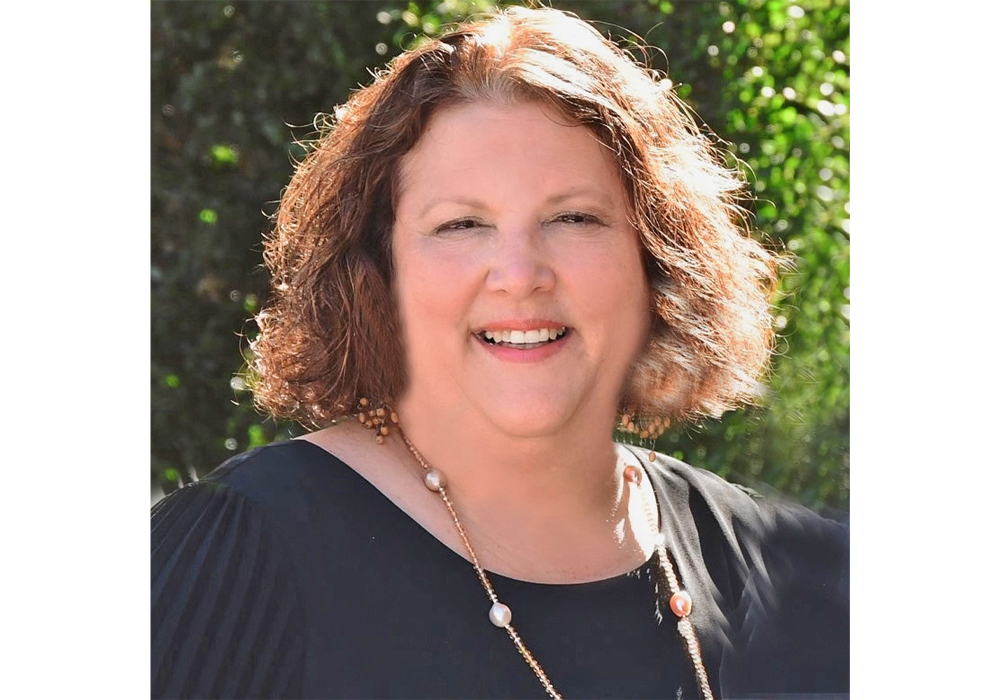
GEORGE: How did you get your start in the lighting industry?
LYNNE: I actually went to electrical school in the late eighties. The first guys I worked for, their dad started Union Number One in St. Louis, Missouri. So, for the first two years that I worked for them I went to electrical trade school. That experience to this day suits me well. If I’m on a job site with an electrician or an inspector, it helps to understand the craft from the ground up.
GEORGE: You can talk their language and anticipate potential issues when you’re designing a system.
LYNNE: Yes. Especially when it comes to retrofitting. We have to know what’s happening behind the infrastructure to add to it or make changes. You can’t just say, “Okay, I want a light here.” Because if I say, “It can be done,” and then the electrician comes in and it can’t be done, then what kind of expert am I?
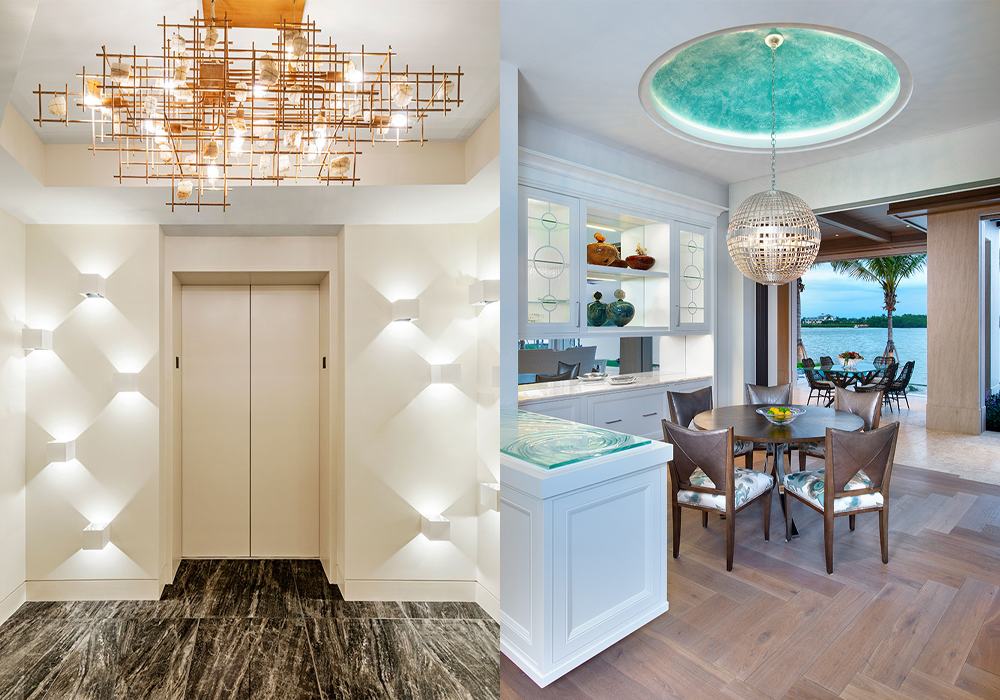
GEORGE: So you went to trade school and then when did you move over to the lighting design side?
LYNNE: After being an electrical rep I went to work for a lighting rep firm. I covered Iowa, Nebraska, Central Missouri and Southern Illinois. I did 60-70,000 miles a year on the road calling on lighting showrooms, electrical distributors, architects, builders and designers. Before deciding to come back home to Florida, I took a job with Kichler Lighting. I was their national trainer for the landscape lighting division for several years.
I then had my own lighting showroom in Southwest Florida until about 2008, during the recession. We were one of the ones that unfortunately didn’t make it. Next was creating the specialty lighting division for a high profile, local lighting showroom. It was right around the time that incandescent was shifting over to LED, and my business partner Curtis Searles, an LED expert, and I were there for about 10 years together. One day about two years ago we decided it was time to branch out, and we launched our own company, Illuminated Design, that today has grown to a multi-million dollar lighting design firm, employing a team of 10.
The technology of lighting is much more complex now than it used to be. We have a driver being made from one manufacturer, chip technology being made from another manufacturer and the fixture itself being assembled from yet another source. Then you have the controls that must be integrated and the dimming that must be perfected.
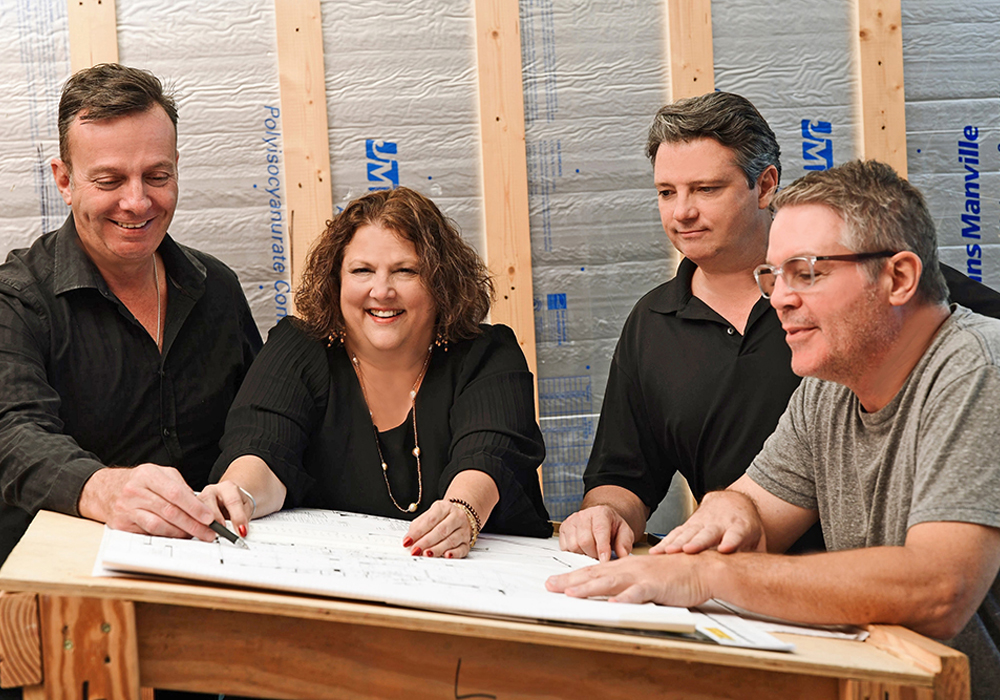
GEORGE: How has the LED technology changed lighting and the way lighting designers approach their projects?
LYNNE: In some very positive ways. Probably the most positive is that things have gotten much smaller with the innovation of LED tape light with really good diffusion. We can do some amazing indirect lighting applications. As a lighting designer, it’s important to create depth in order to create interest. And so the onset of the technology being interfaceable with good dimming control has really given us the opportunity to do some tremendous things.
For instance, we do a lot of backlighting of stone. In the old days, we would build a false back and put fluorescent tubes, tin foil and silver paint to light the stone. Now we have some unbelievable technology with flexible LED that we lay down on a substrate and we are able to actually put the stone right on top of it. We are winning design awards doing that on master bedroom floors, stairwells, countertops, backsplashes, tabletops and bars. That has been something we would never have been able to do without LED.
GEORGE: That leads us to the question of how early in a new home build or remodel should a professional lighting designer be brought in?
LYNNE: As soon as possible. One of the biggest challenges being faced by homeowners today is that there is so much bad LED technology out there. If the product is not specified at the drawing phase, the budget is completely unrealistic. So if a homeowner gets a plan that just has round dots on it, representing recessed cans, then what they’re going to get is probably something from a home store that’s purchased in bulk with a very inexpensive price tag.
But there needs to be a proper budget and design for controls and specialty lighting, which is your in-cabinet or over-cabinet lighting, cove lighting, art lighting — all of those things that make the house really pop. Without them it’s like a layer cake with no frosting — and only one layer. It’s so important for a lighting professional to get in there early so that we can specify the correct product for the correct location and lifestyle of the homeowner. When Illuminated Design is brought in early we create a more realistic budget for the luxury outcome the client undoubtedly wanted. This allows the client and all the design professionals on the project to have realistic expectations, so no one is disappointed and angered at the end of the day.
GEORGE: In terms of lighting control, do you have any particular ones that you like better, or are you kind of agnostic about it?
LYNNE: Lutron on the whole plays very, very well with most of the technology that is coming into the market and gives us the most options when it comes to trying to make all components work seamlessly.
In regard to recessed cans, some of the frustration we have is with manufacturers that have what I call ‘chip on board,’ meaning that it is adhered to the housing itself, which is very difficult to change in the field. That’s why we’re big fans of DMF Lighting. Their modular system is fabulous, where we can put in one recessed can. Then all the trims and modules can be modified in the field if we need to. They also have great color renderings of 95+. It’s a really flexible and affordable product line.
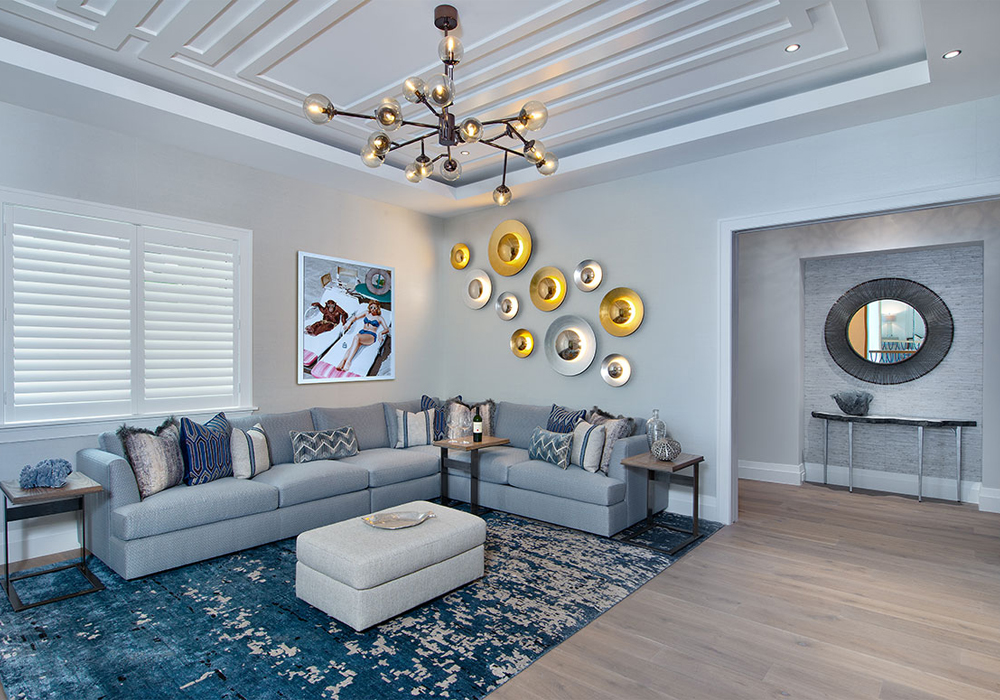
GEORGE: Sometimes even in really nice homes I’ve noticed recessed lighting that seems kind of cool, but then you realize it’s often just lights coming down in places where it doesn’t really make any sense.
LYNNE: As a light lady, it is my legacy to make sure that every light I have specified has a purpose. So we call it the ‘define and defend’ method. Where is the light placement? What is it doing? Why is it existing? How does it work with the other lighting in the space? If there’s a ceiling that’s eight feet versus a ceiling that’s 24 feet, but they’re in the same living space, I want to make sure that I’m selecting a product with consistent color rendering throughout the house. Inconsistency of lighting color in a project is something I see absolutely everywhere. It’s been difficult to control, but it’s much better now. The best advice I can give is to hire a lighting professional early. You can alleviate so much frustration when the lighting is finally all turned on and the project is finished, by making sure upfront that all the chip technology is coming from the same batches, and that they’ve been tested with one another to make sure that they feel right no matter what color rendition you desired.
GEORGE: So, again, bringing the lighting designer in early pays for itself in terms of not having to change things later on. And I know the narrative in terms of lighting control in general is that, yes, this is an expense, but when you can time your lights, when you can create scenes, when you can do all that, you can save money on electricity, etc.
LYNNE: I think that when it comes to lighting and color rendering, it’s probably the most frustrating thing for people because they know the room is wrong, but they don’t know why. And they don’t know how to fix it. What we have found is that our decorative lighting manufacturers will call a color 3,000 Kelvin, but it’s really cool white. And then I can go to another manufacturer who called it 3,000 Kelvin and it’s really warm. So the only thing that we can control as lighting designers is to make sure that the surface is all one color and that the specialty features, your under-, in-, and over-cabinet lighting, the lighting of the art, the work spaces versus the relaxing areas, that everything has to work together from a coloring perspective.
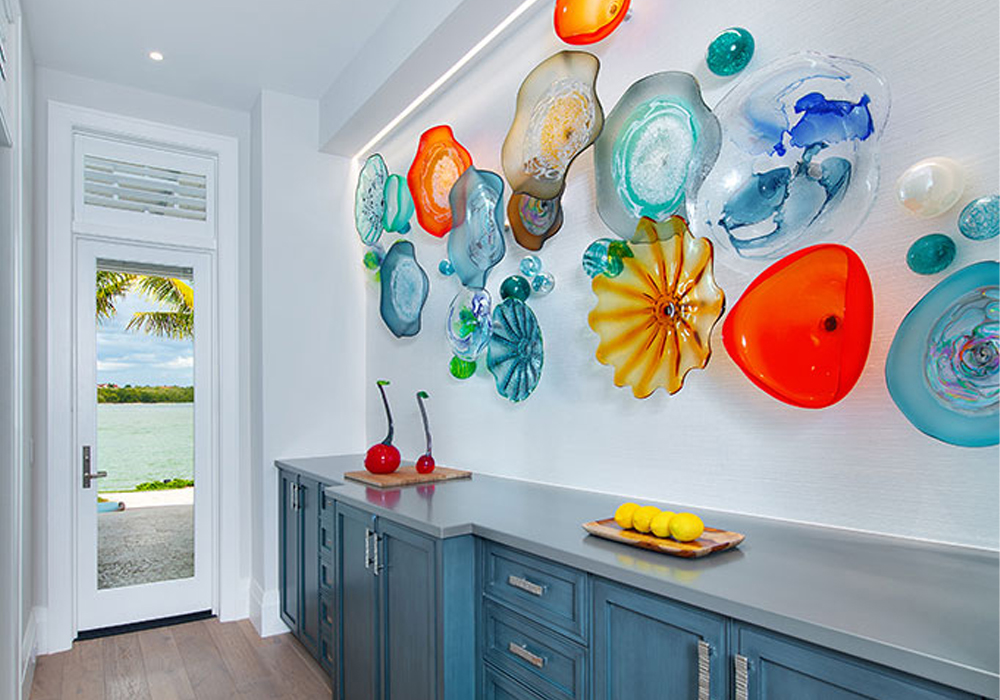
GEORGE: I think that’s a really good point about the specs not always being consistent and that you just have to have the human eye test of what does it really look like.
LYNNE: Yes – or even how about clients that spend hundreds of thousands of dollars in interior design work only to have the floor look different or the paint color be different, or the furnishings or the fabrics look different because they’re not being lit properly?
When you start early in a project, it aligns the interior designer, the builder, the lighting designer, the electrical contractor, the integrator — it brings all of us together. That way we can wrap everybody’s arms around it at the same time and we all know what direction we’re going and what the products are going to look like. And in some cases, my interior designers bring their samples in with their clients and look at it under the light that’s going to be in the house. I mean, that is the absolute perfect scenario. That way the expectations are in check, and everybody knows what it’s going to look like at the end of the day. And no one is mad or disappointed.
GEORGE: How does lighting play into the wellness narrative?
LYNNE: Well, it’s an absolutely fascinating subject, and it’s one about which I spend a lot of time reading. The master clock in the brain coordinates the biological clock in all living things. These clocks are nature’s timing devices, regulating the cycle of circadian rhythms — our body’s natural clock. What sets our natural clock? You would think it was the passage of time, but it’s the color temperature of light! I’ve been reading about studies regarding memory clinics for Alzheimer’s patients. When those patients are under the same color temperature fluorescent lighting all day and night, many suffer from sundowner syndrome.
There are studies being done that if you can change the color to mimic the sun, especially exposure to low level bluish light we experience in the early morning, that resets the biological clock. Equally, higher color temperature light causes our brains to release cortisol which acts to increase alertness and stress, and to control our impulses. Throughout the day, the light gets brighter, but the color temperature steadily decreases to a warmer, less intense light before sunset. This warmer light causes the brain to release melatonin to relax us and prepare our body for sleep. There are some amazing findings about how it is really making a difference in the sundowner syndrome.
There are lighting products that are available residentially that change the color temperature based on the longitude and latitude of the home. Our findings are that it is often cost prohibitive to create this environment on a residential level. We are hopeful that this technology will evolve, so that we can design with it. I look forward to that day, as it really is our future in health and wellness.
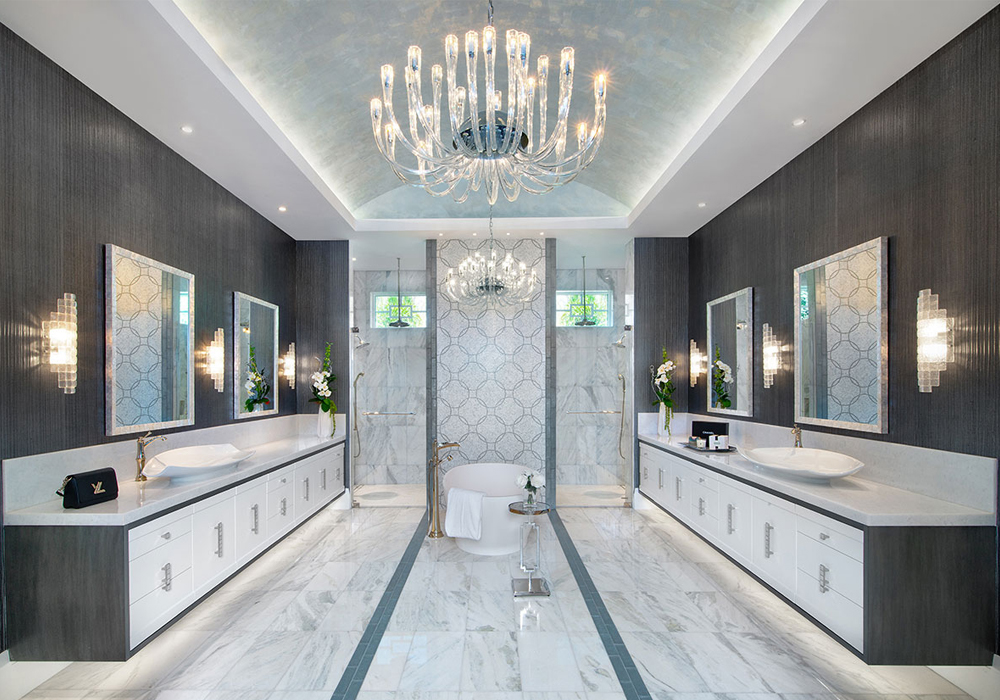
GEORGE: What are the hot trends in lighting and control right now?
LYNNE: The lumen packages are increasing while the apertures are decreasing in size. Today, six-inch recess product is almost non-existent — it’s changed to four-inch, three-inch, two-inch and one-inch product.
I’m also seeing the ability to dim down to one percent, and that is really a wonderful thing. The driver has been the biggest component in regard to trying to dim down the light and with LED it is so different than incandescent. We grew up with bright, less bright, less bright, dim, dim, dim, off. Right? Now with LED, you’ve got bright, less bright, less bright, off. So what’s happened over the last few years is that the driver and controls manufacturers have gotten together and are working so that they can dim those down to one percent without specialty drivers. And if you want to specify a specialty driver, they have what’s called “dim to black” or “dim to dark.” And that will mimic incandescence.
So to me, the big trends are higher lumen packages, smaller apertures and housings and the ability to dim down to that one percent.
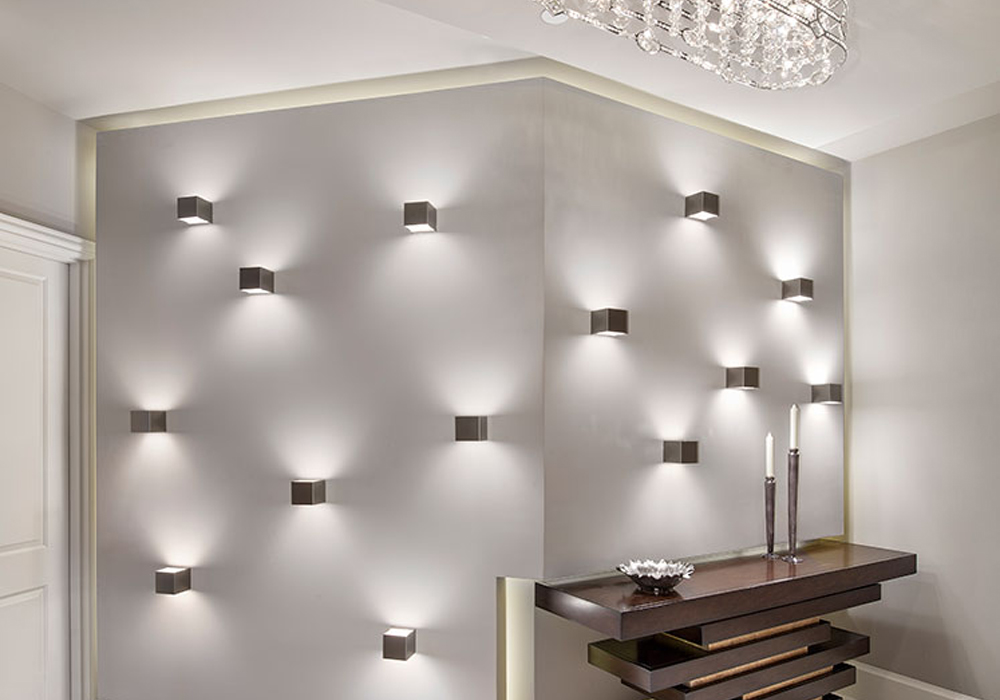
GEORGE: If you can look into your crystal ball, what do you see coming in the future?
LYNNE: Well, I think that we’re at that cusp of really truly understanding chip technology. Look at color rendering index, for example. Color rendering index (CRI) was created on a pastel lighting level for fluorescent. It was never intended for LED. They’re going to have a whole new way to measure color rendering (TM-30) because they are adding primary colors — more red to the mix — it’s making the color of art, furniture, fabrics, flooring and really the entire interior color more vibrant and true. Great color rendering is amazing for all aspects of interior design.
Another cool product is OLED. I saw a demo where they actually added it to glass, and they just put a little bit of voltage to it and the window becomes the illuminator in the room. So when you have LED that can be liquified, you can add it to just about anything and create a luminary. □
View original article at Technology Designer.
————————–
Connect on LinkedIn, Instagram, Facebook, or Twitter to stay up to date with everything that’s happening at DMF Lighting.
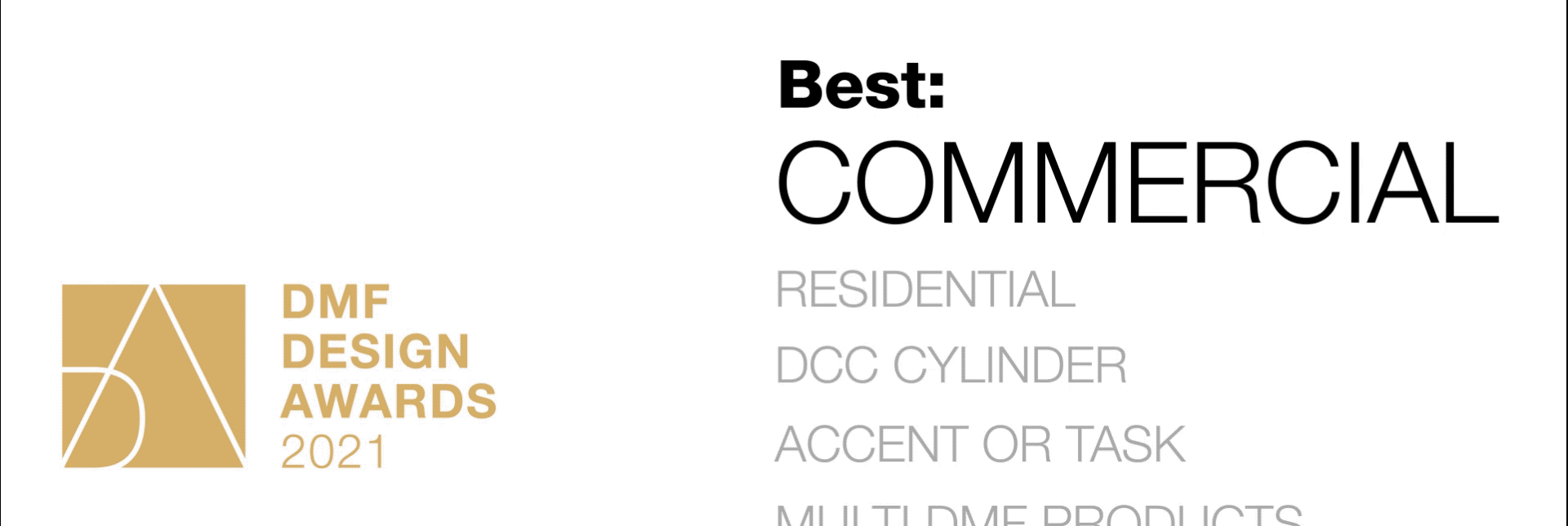
A celebration of beautiful lighting projects, the very first DMF Design Awards featured dozens of entries showcasing some of the best DMF Lighting applications from across the country.
Projects competed in five different categories, with one Grand Prize Winner selected from the Category Winners. Our esteemed judges reviewed the entries based on four criteria (Lighting Application, Lighting Creativity, Photography and Project Summary) and their composite score was used to determine the winner.
The winners of the 2021 DMF Design Awards:
GRAND PRIZE WINNER
![]()
Best Commercial Lighting Application
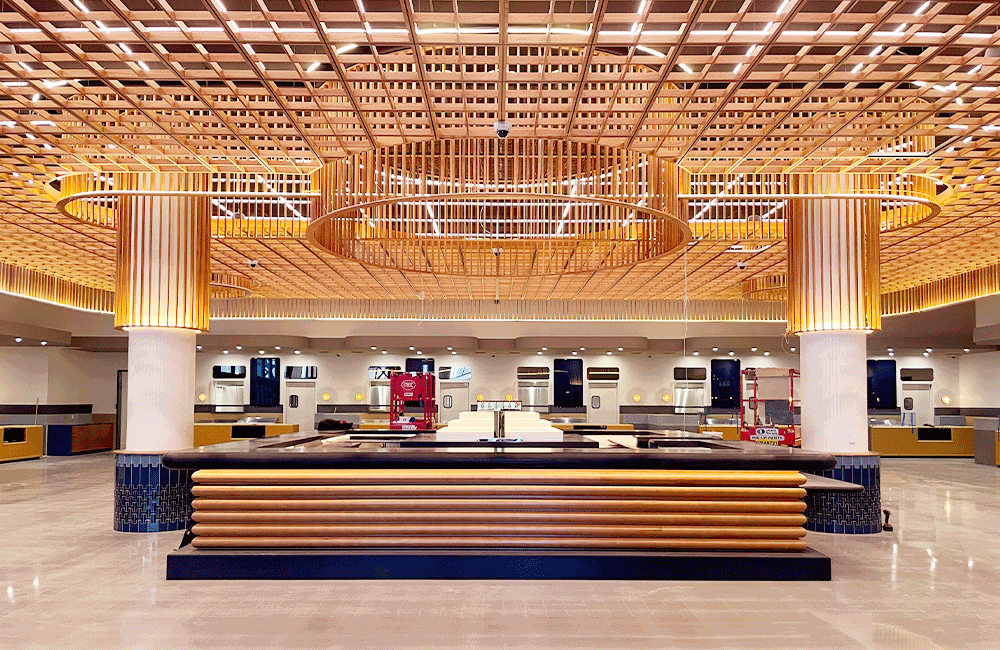
Submission: Rachel Levy Designs
Project: Politan Row
Location: Atlanta, GA
Product(s): DCD3 Higher-Lumen Fixed Downlight, DRD2 Fixed Downlight with Warm Dim, OneFrame
Congratulations Rachel Levy designs!
The 2021 DMF Design Award Grand Prize goes to the Levy design team for their work on Politan Row, a chef-driven food hall built specifically for Midtown Atlanta. The project features a variety of open air spaces and is energized from day to night, providing unique lighting challenges. Judges were impressed with the creative use of layered lighting and Warm Dim to address these needs.
“DMF’s Warm Dim is wonderful for an environment that needs to be bright and slightly cooler during the daytime, yet, needs to easily transform into a warmer, romantic space space in evenings. Additionally, I love their clean lines, even fields, ease in which to install, and competitive price point!”
– Rachel Levy
Lighting Designer
![]()
CATEGORY WINNERS
![]()
Best Residential Lighting Application
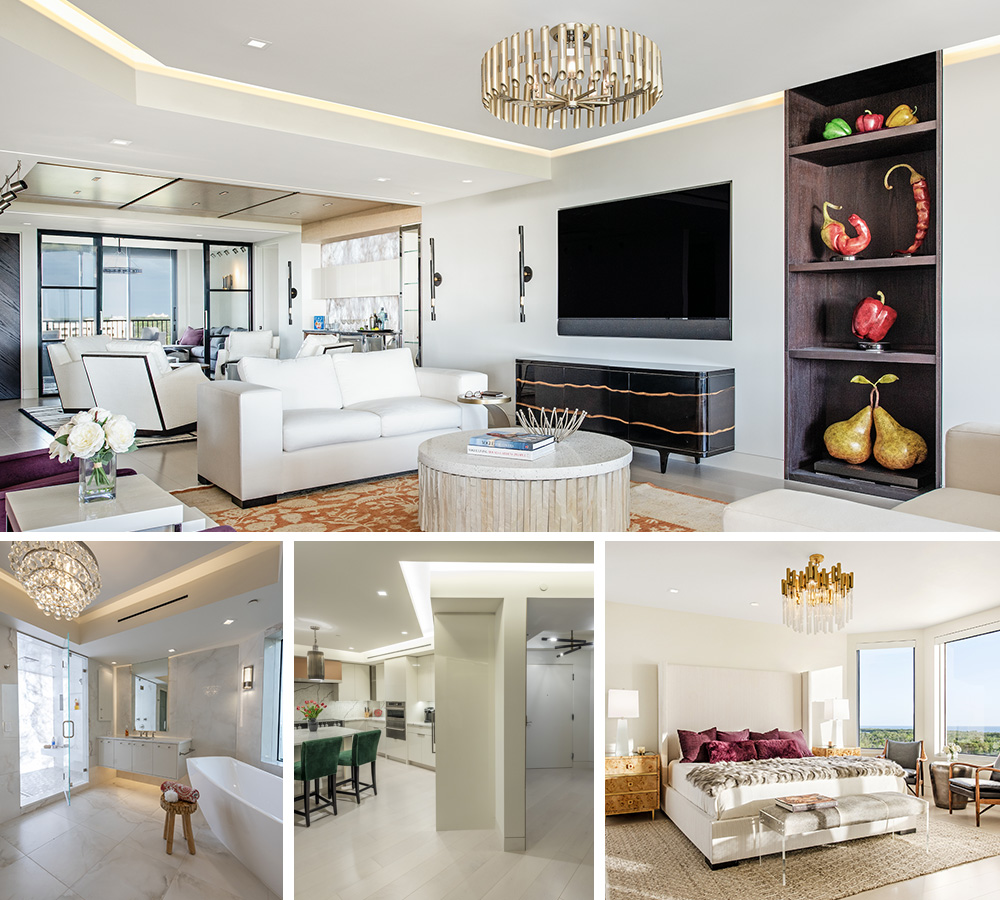
Submission: Illuminated Design
Project: Pelican Bay Residence
Location: Naples, FL
Product(s): DRD2 Fixed Downlight, OneFrame Concrete
![]()
Best Accent and/or Task Lighting Application
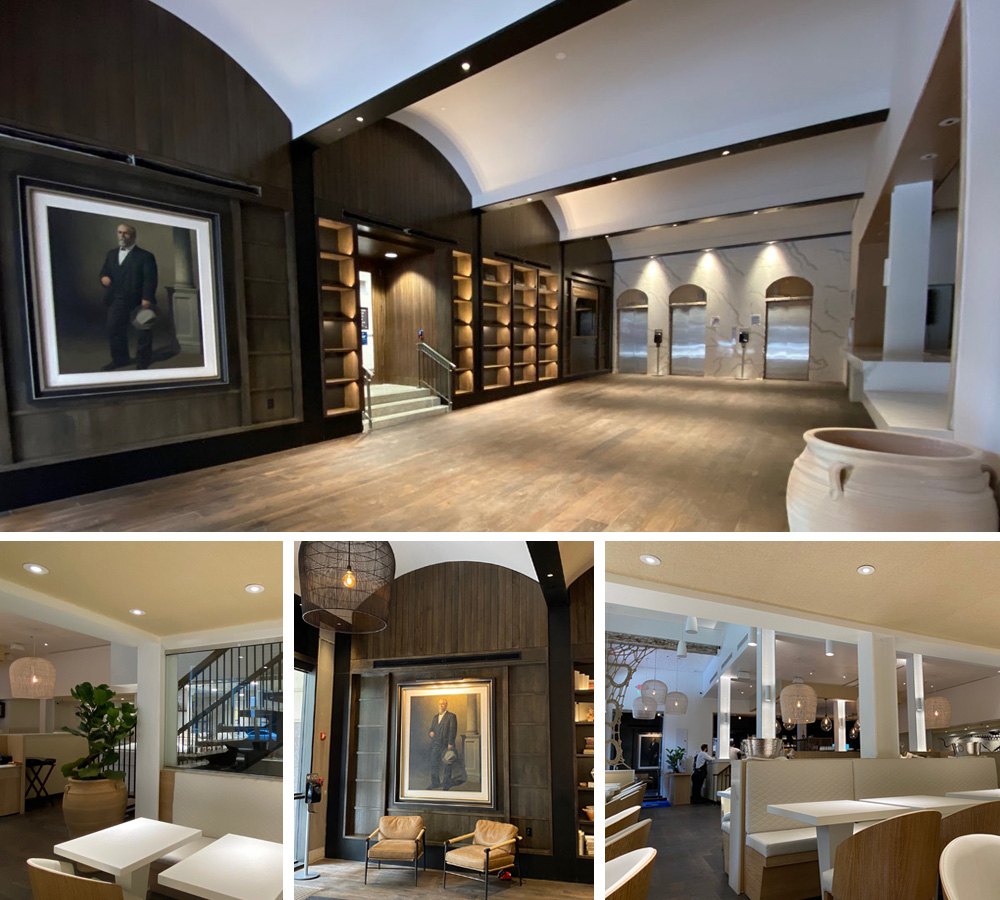
Submission: Colina West
Project: Simi Estiatorio
Location: Austin, TX
Product(s): DRD2 Fixed Downlight, DRD4 Adjustable Downlight, DCCX Cylinder
![]()
Best DCC Cylinder Application
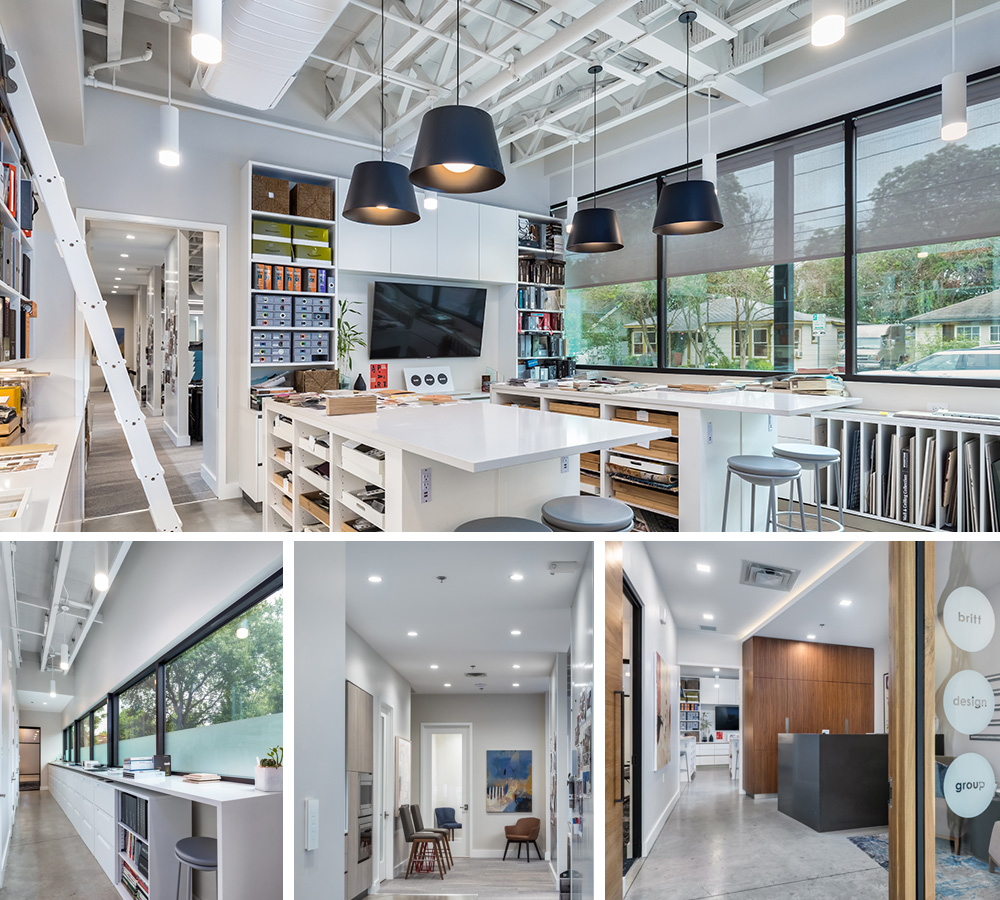
Submission: Service Tech
Project: Britt Design Group
Location: Austin, TX
Product(s): DCC2 Cylinder, DCC4 Adjustable Cylinder
![]()
Best Multiple DMF Products Application
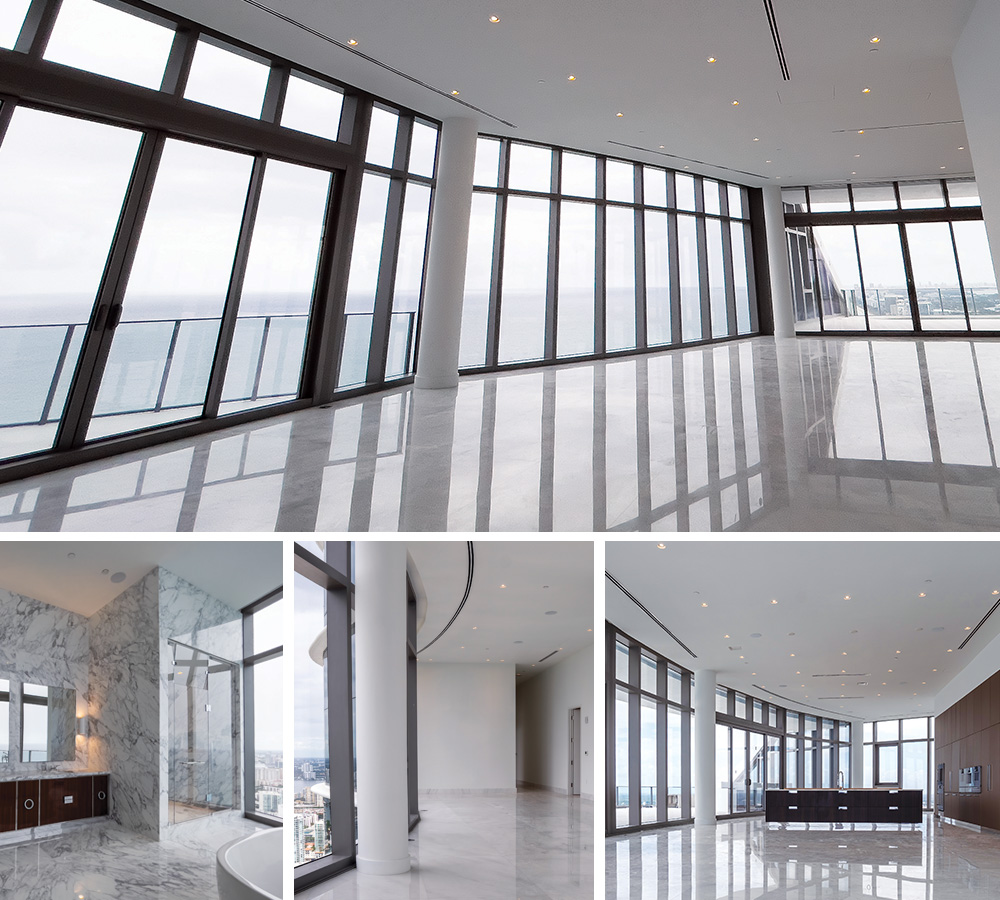
Submission: Premium Digital Control & Automation
Project: Ritz-Carlton Residences
Location: Sunny Isles Beach, FL
Product(s): DRD4 Adjustable Downlight with Warm Dim, DCC4 Adjustable Cylinder, DRD5S Surface Mount
![]()
CONGRATULATIONS
to all the winners!
Thank you to all those who participated. Stay tuned as we’ll be sharing more from these incredible projects very soon.
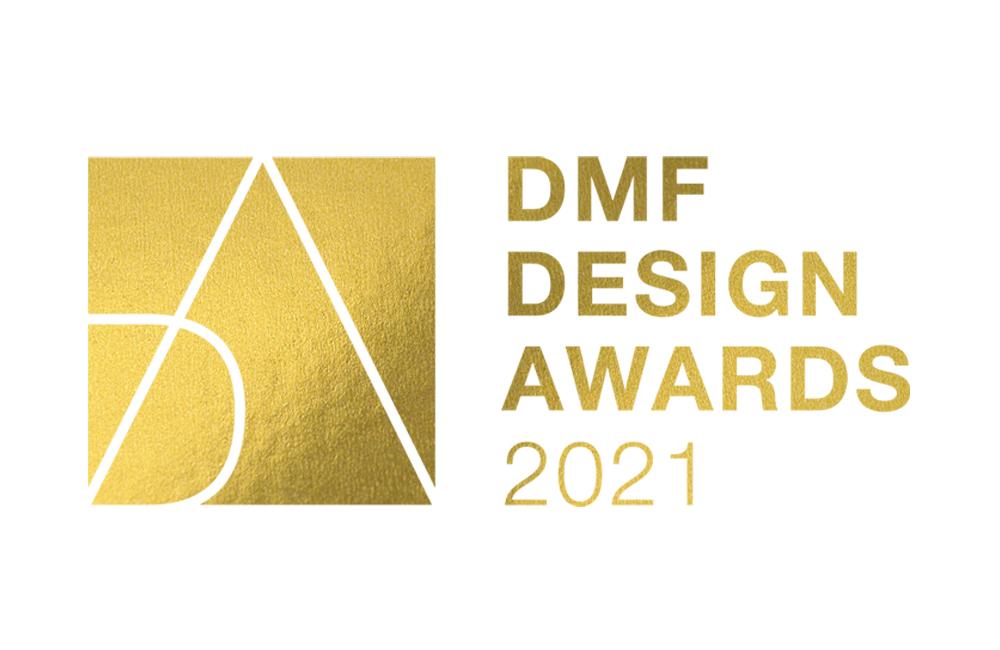
– – – – – – – –
Stay up to date with everything that’s happening at DMF: LinkedIn, Instagram, Facebook, or Twitter
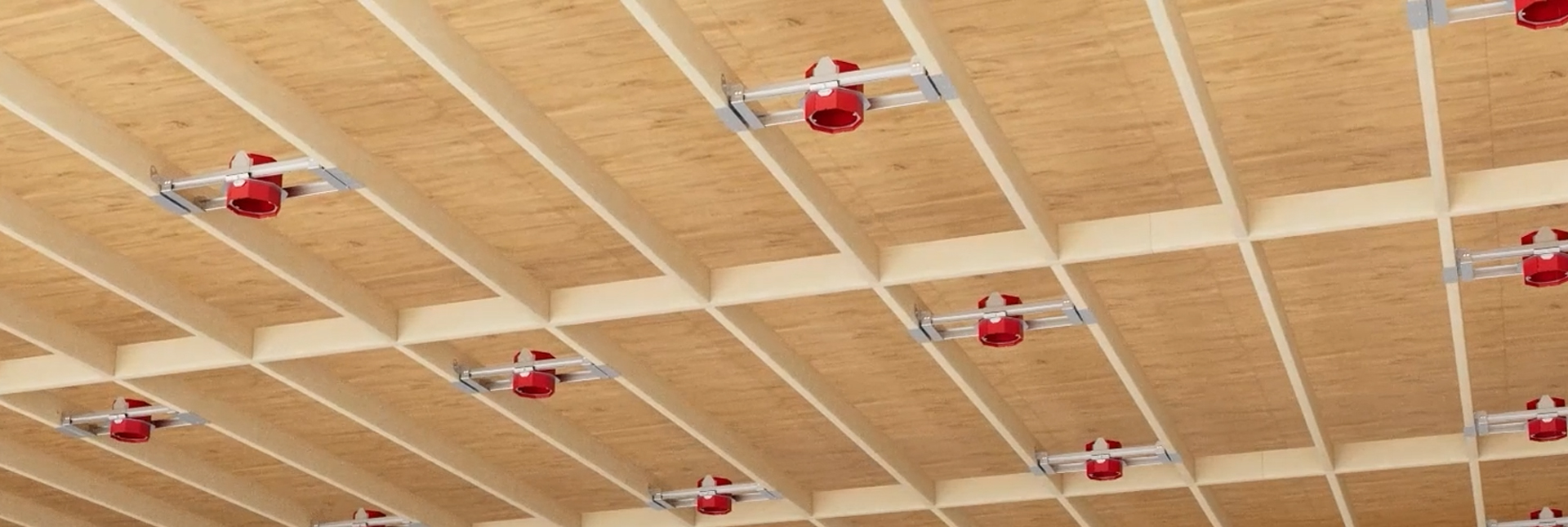
At DMF, we pride ourselves on engineering and improving every aspect of the fixture. From lighting performance to ease of maintenance and everything in between, this philosophy permeates every aspect of our design.
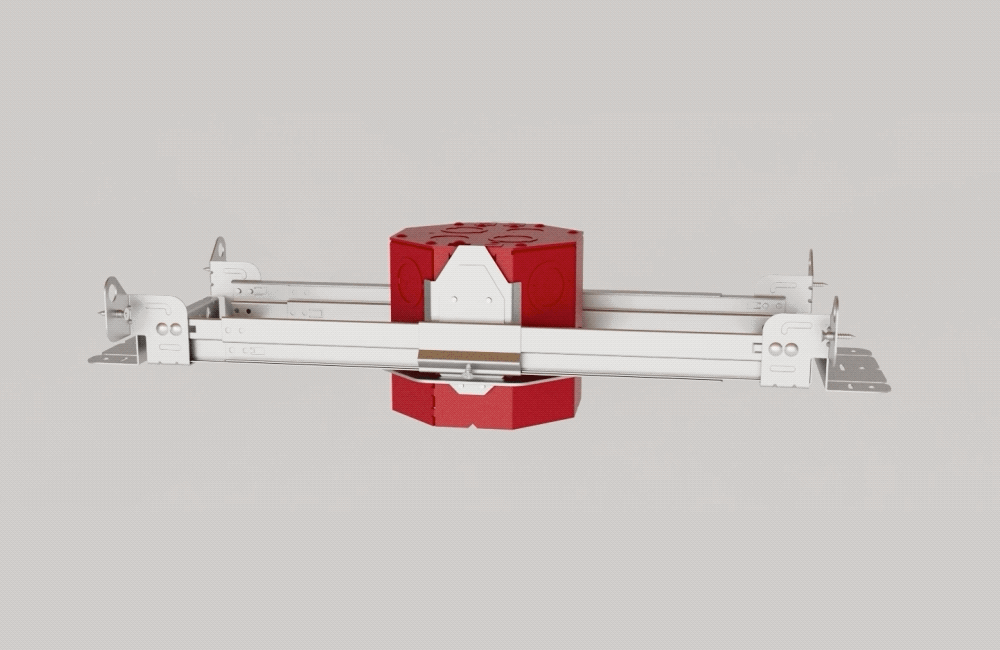
Our latest innovation is a completely re-designed bar hanger system. An often neglected aspect of lighting fixtures, bar hangers have remained largely unchained — but we spoke with the top electrical engineers in the country to discuss common issues they experience when installing housings. We took this information and re-thought every aspect of the bar hangers.
The result, an all-new bar hanger system that’s sturdier, simpler to install and more compatible than ever.
Eliminate Sag
The first thing you’ll notice about the new bar hangers is that it eliminates the traditional four independent connecting ends. Instead, we engineered a cross brace that connects the ends of the two bars, essentially turning them into one rigid unit. The bar hanger system is so strong it can even provide structural stability with just one side mounted in with a single screw.
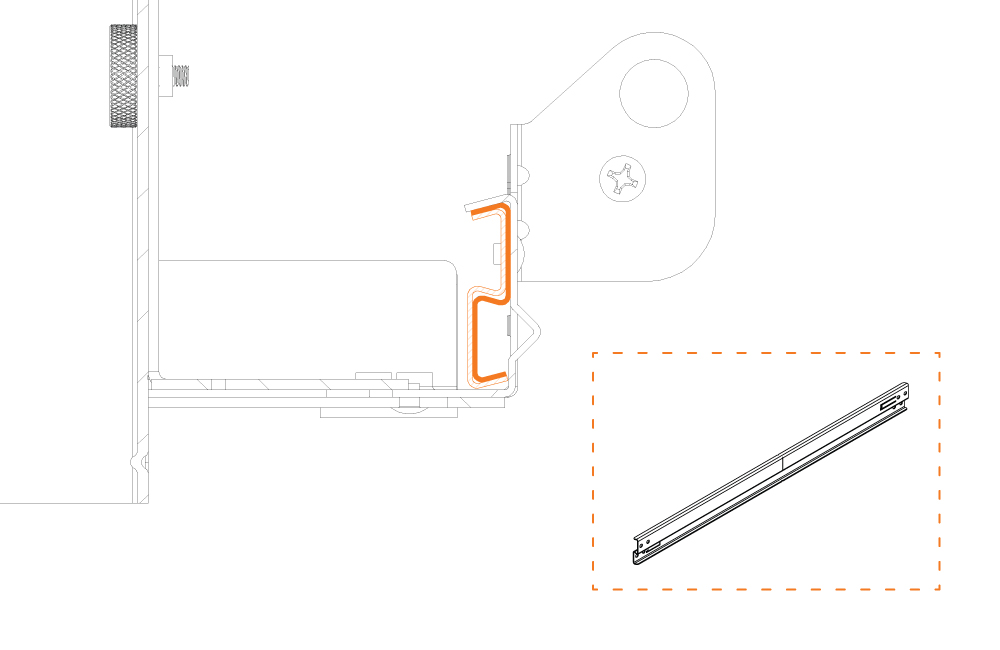
Stability is increased further by a completely re-designed railing, which utilizes an innovative S-shaped interlocking system that increases the surface area of where the sliding rails meet. This increased strength results in bar hangers that lock tighter and won’t shift, preventing against trim sag even when fully extended to 24″.
The new bar hanger system can withstand weights of 200 pounds
And combining the new bar hangers with our signature adjustable housing depth and secure Twist and Lock Technology, flush trim installations become easier and light has nowhere to escape.
Work smarter
The new bar hanger system features a host of unique updates that make installation faster and easier. Here is everything, big and small, that makes them easier to mount.
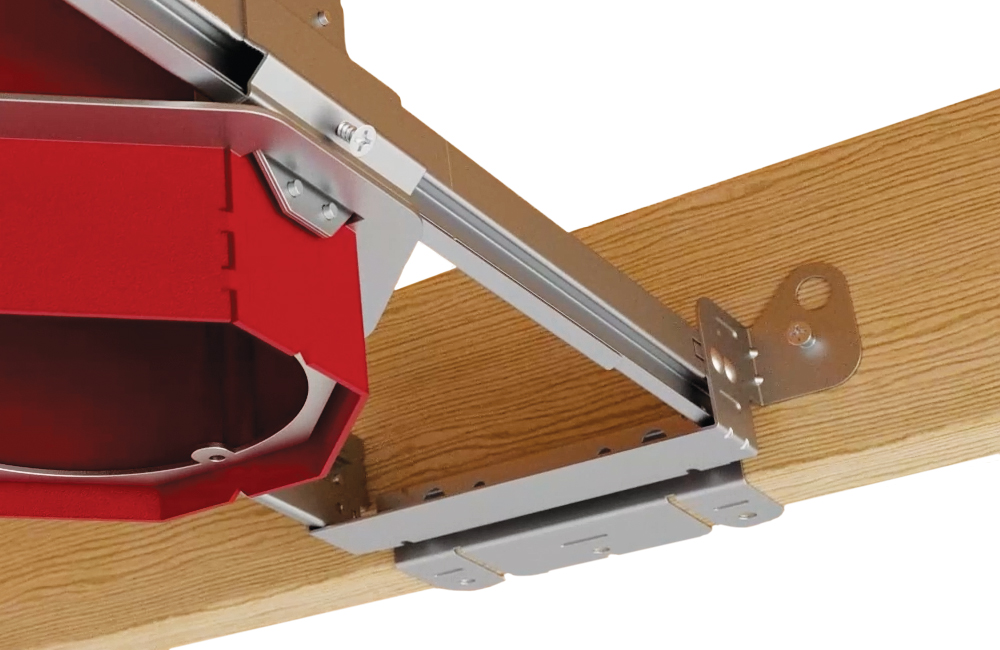
- Reinforced bar hangers can hold the entire housing in place after just one mounting point so the contractor no longer has to hold the housing while mounting four separate ends
- Fewer mounting points — the entire bar hanger system can install with as few as two screws or nails
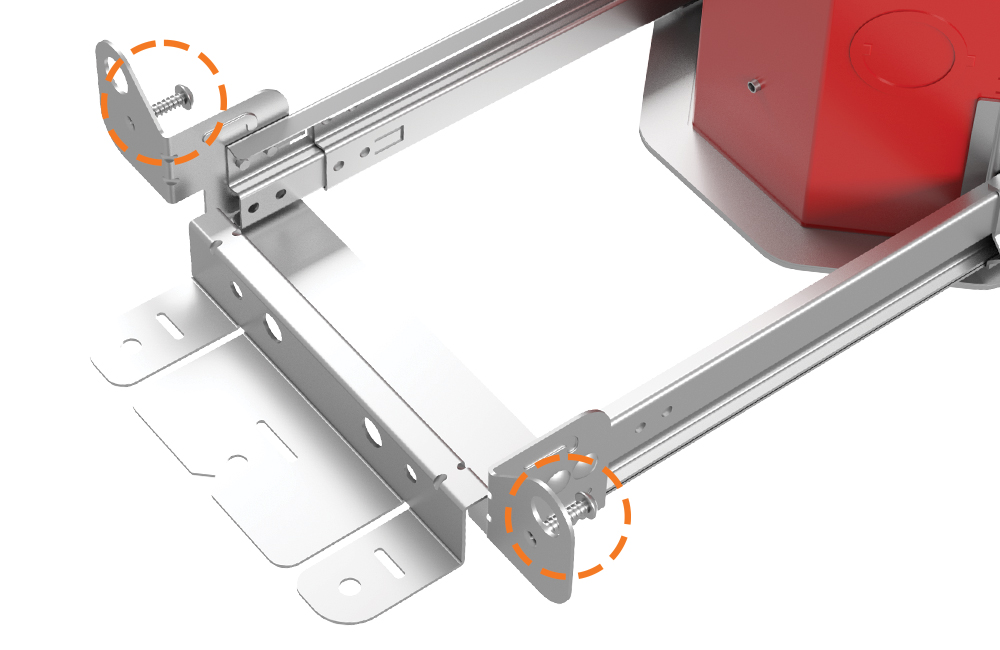
- Pre-installed screws replace the previously included nails for quicker installs
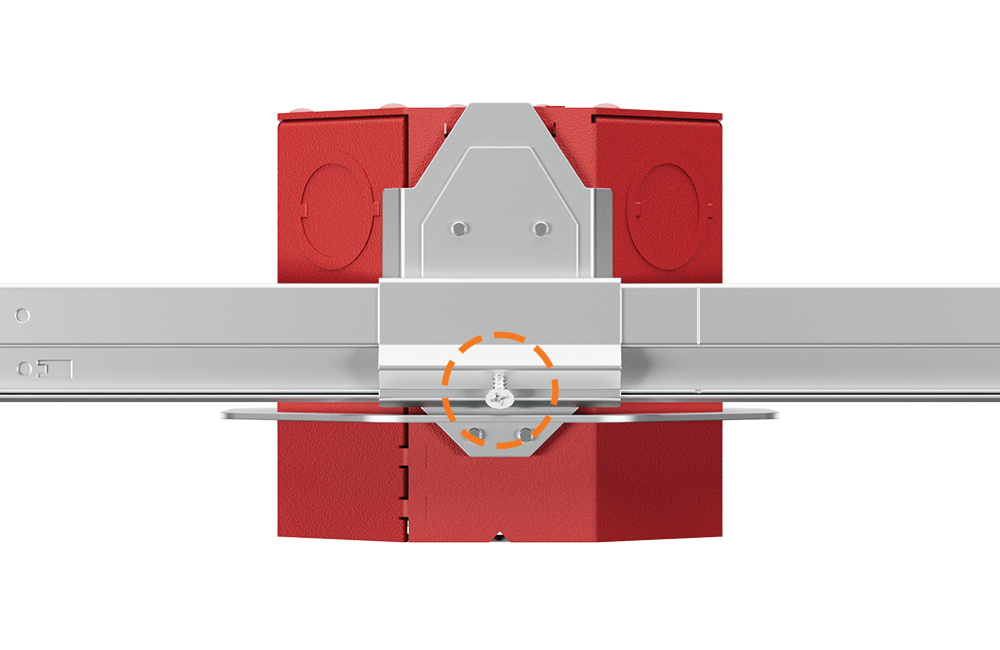
- Angled Locking Screw allows for easy tightening from below the housing
Installs Anywhere
Not only are the bar hangers more stable and easier to install, they’re also compatible with more applications. The cross brace features a re-designed ledge and nine different mounting points for installation in any of the following:
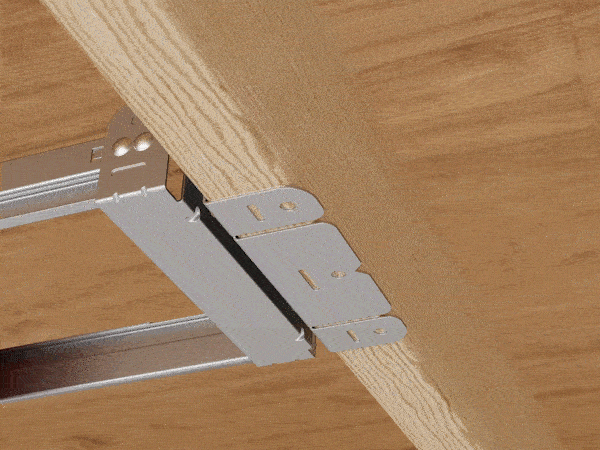
- Hat channel
- T-bar
- C-channel
- Laminated Wood
- Quick-Span
- I-Beam
- Standard Joist
- Concrete Pour Application
Always Evolving
Re-thinking every detail of the bar hangers may sound excessive. And some of the updates may sound minor, but it’s this attention to detail that drives DMF Lighting to continue to innovate — even in areas you may never have considered.
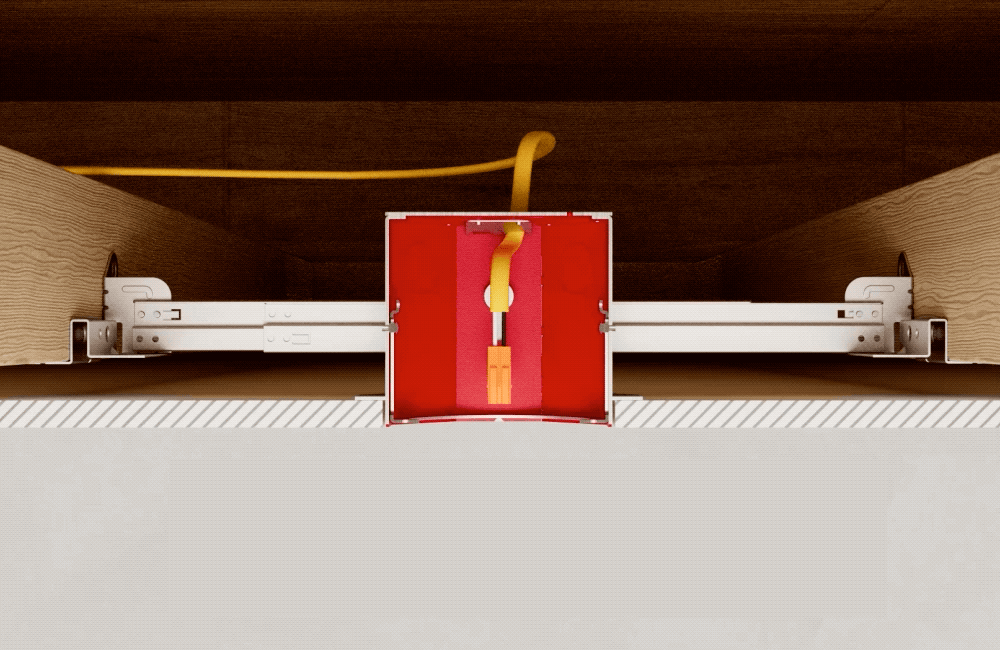
The new bar hangers are available now for the DRD Series with all non-classic DMF housings, including the OneFrame and SquareFrame.
– – – – – – – –
Stay up to date with everything that’s happening at DMF: LinkedIn, Instagram, Facebook, or Twitter
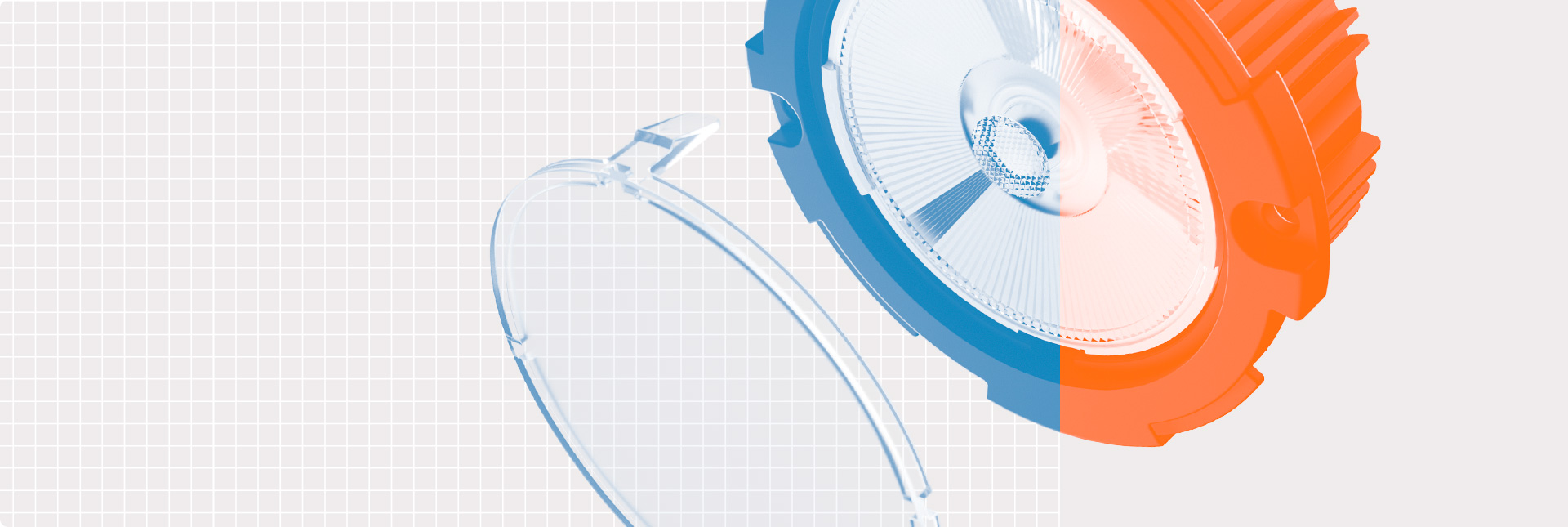
To ensure the next generation DRD Series stands up to the challenges of even the most extreme environments, we put it to the test. The modules endured hundreds of surge spikes and continuously ran in ambient environments of excessive temperatures. This high level of stress tests ensures maximum reliability.
Passing with Flying Colors
A combination of third party and in-house labs conducted the testing. No matter where it was done, the results were the same. The DRD Series passed with no hiccups or lumen degradation — exceeding the LM-84 standard.
- Elevated ambient operation at 80°C (176°F) for over 700 hours
- Thermal cycled between -10°C to 80°C (14°F to 176°F)
- Extended operation at high levels of humidity
- Power cycled over 10,000 times at voltage extremes 100VAC and 300VAC
- Lightning strike immunity per IEC 61000-4-5 Class 3
Bulletproof Design and Reliability
How did DMF achieve such reliable results? By controlling nearly every aspect of the module. Our in-house team of engineers designed the components to ensure flawless integration and optimal performance.
Learn more about the DRD Series.
– – – – – – – –
Connect on LinkedIn, Instagram, Facebook, or Twitter to stay up to date with everything that’s happening at DMF Lighting.

